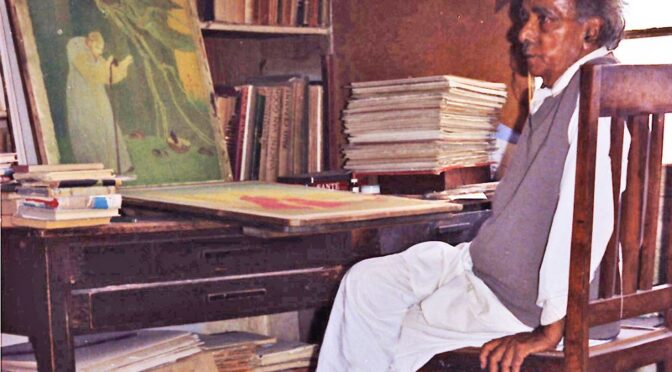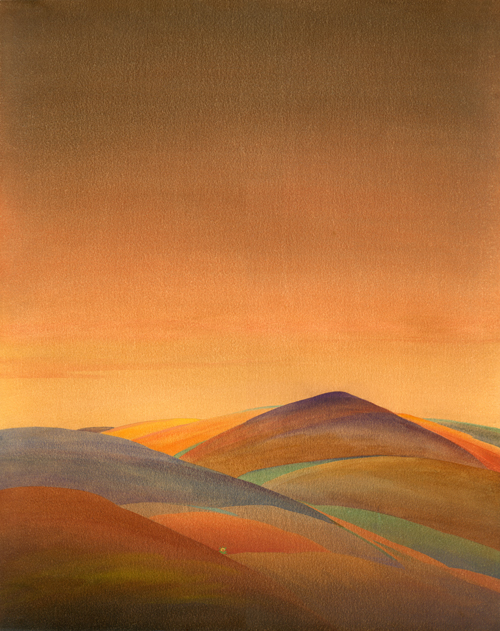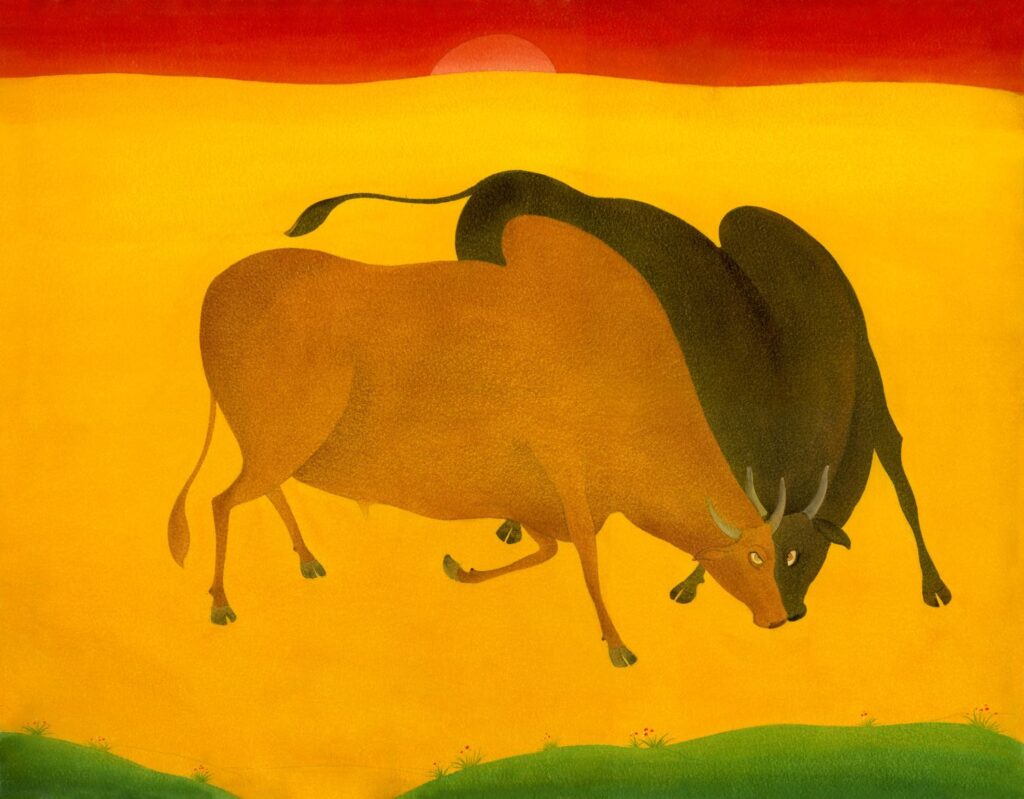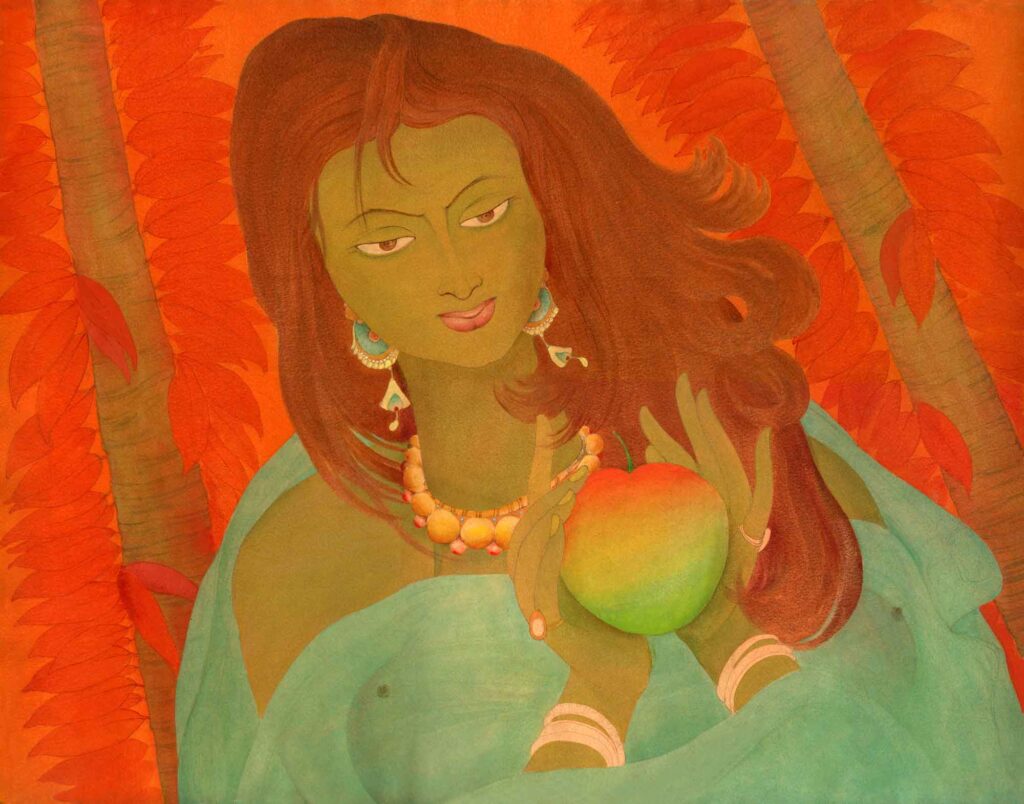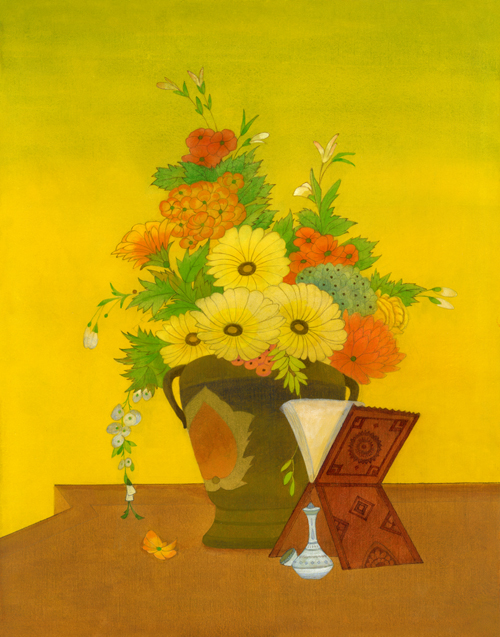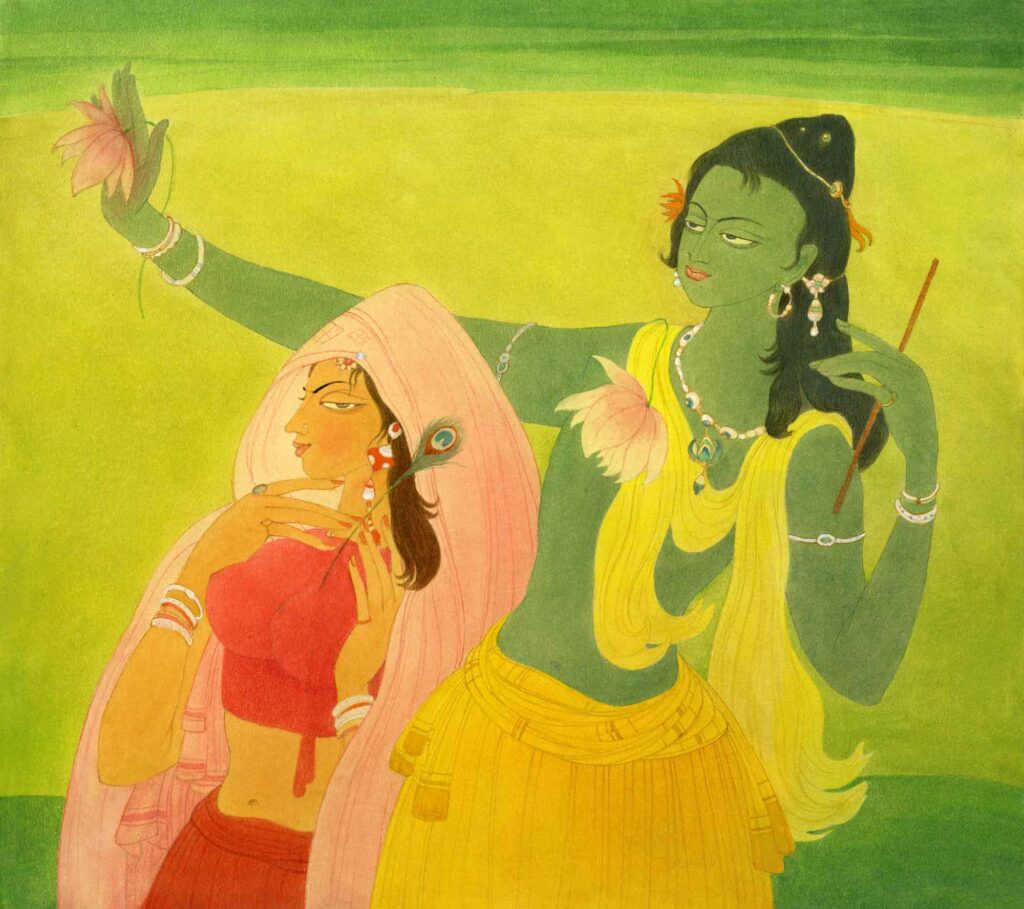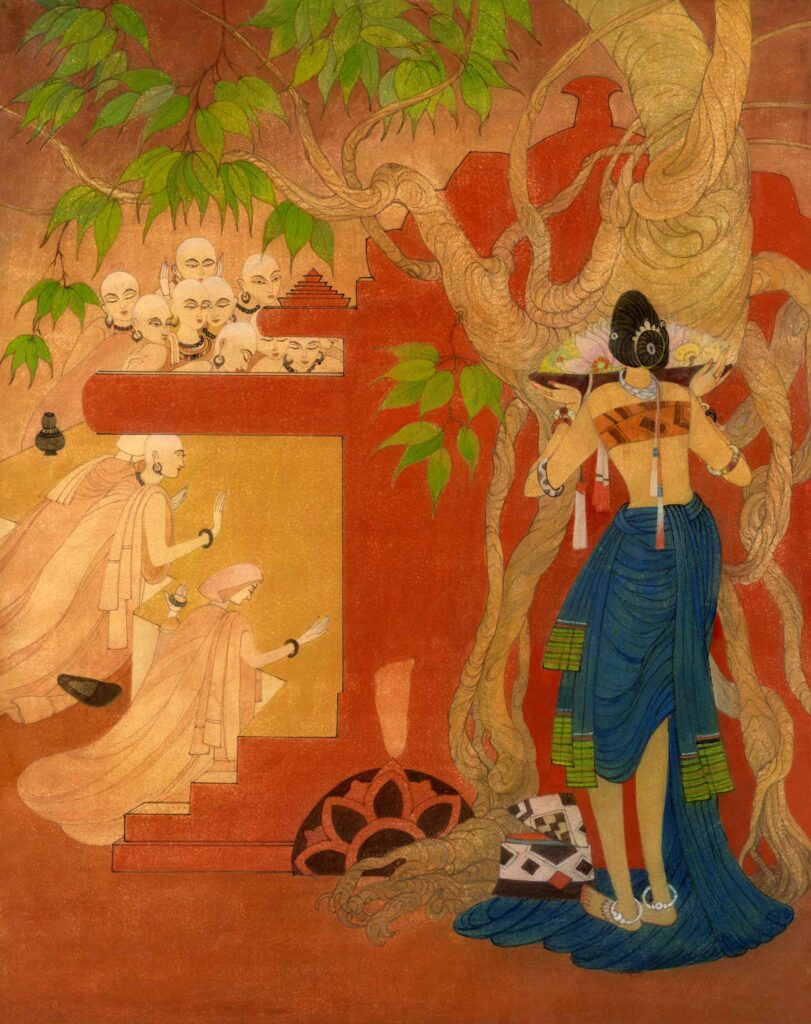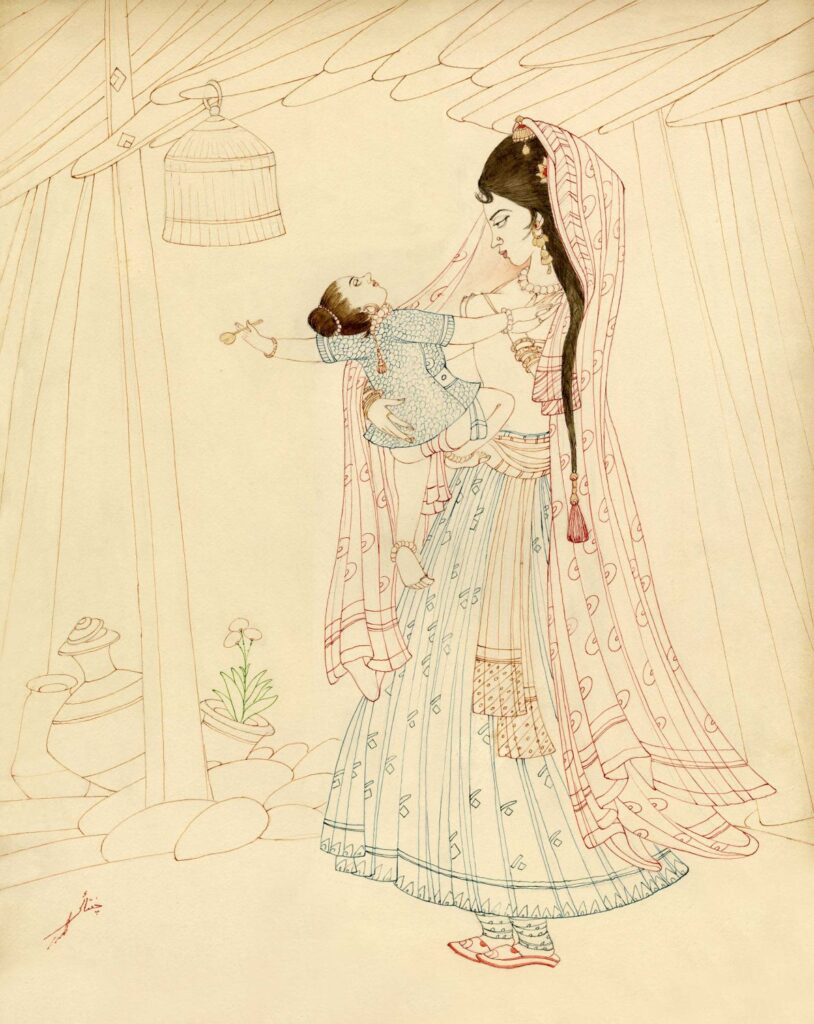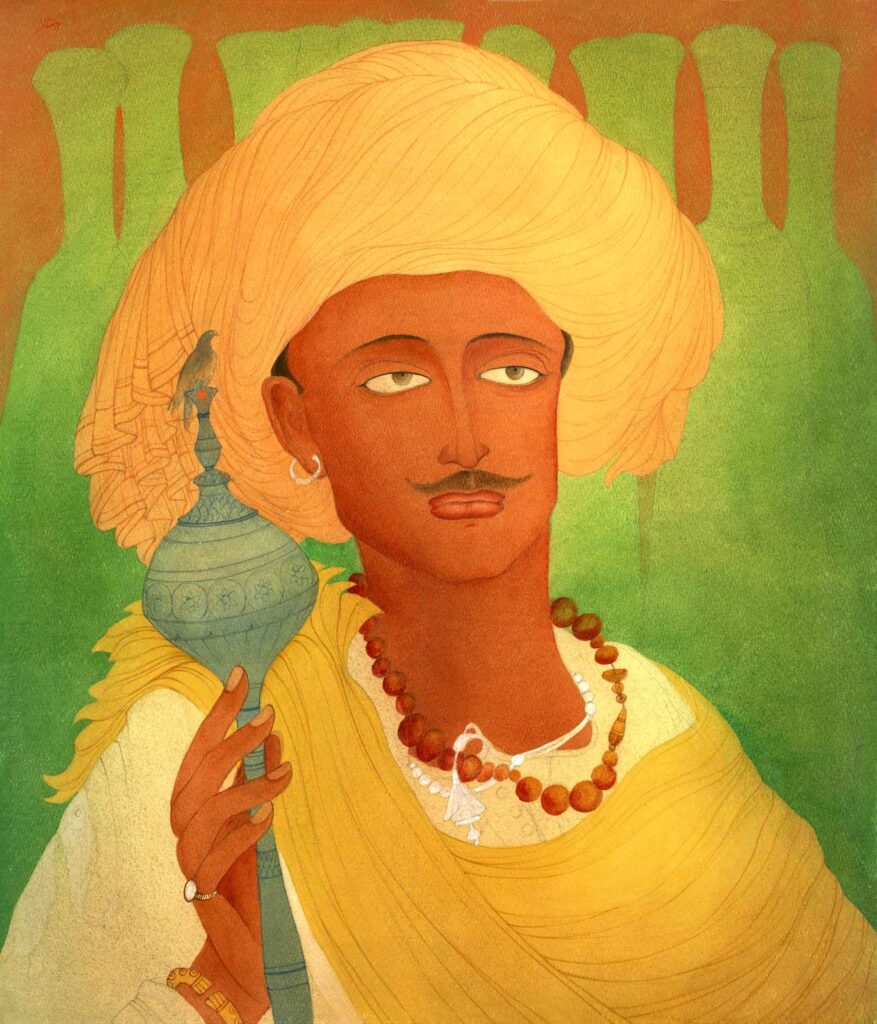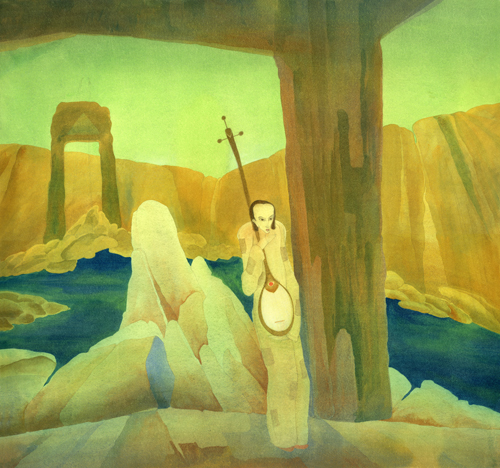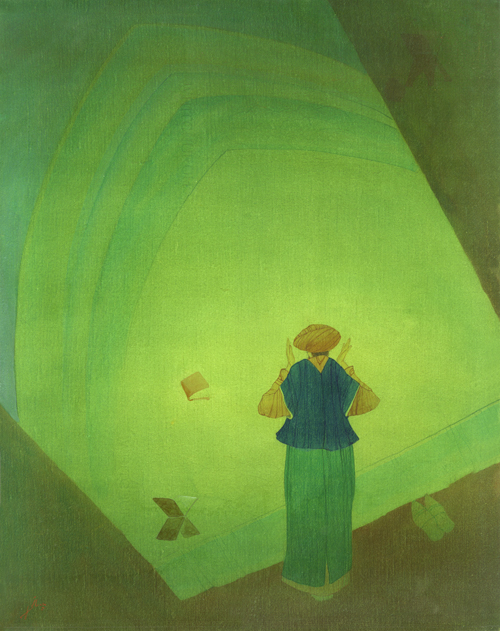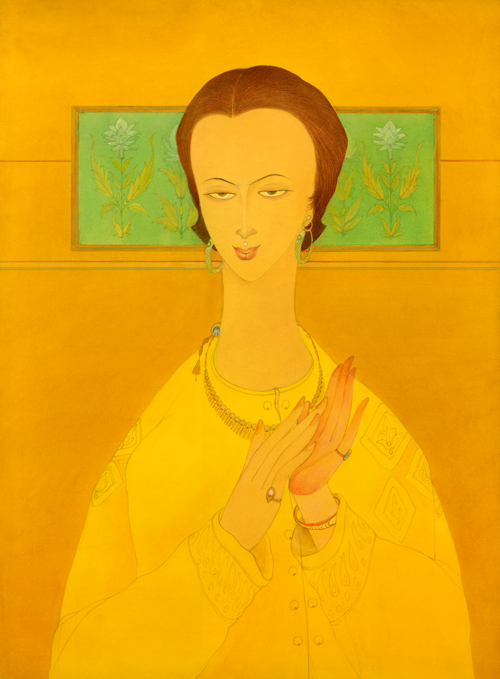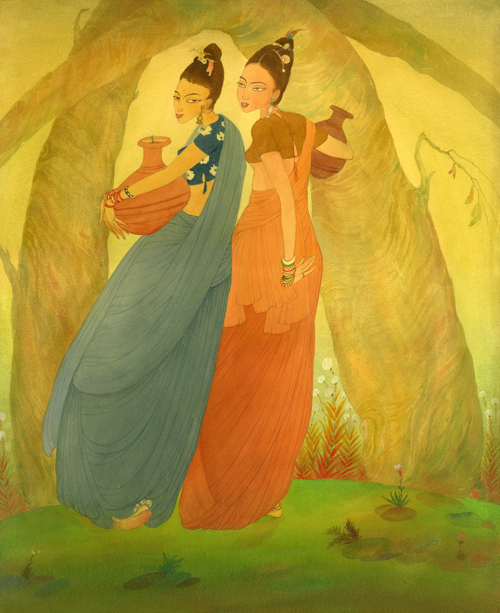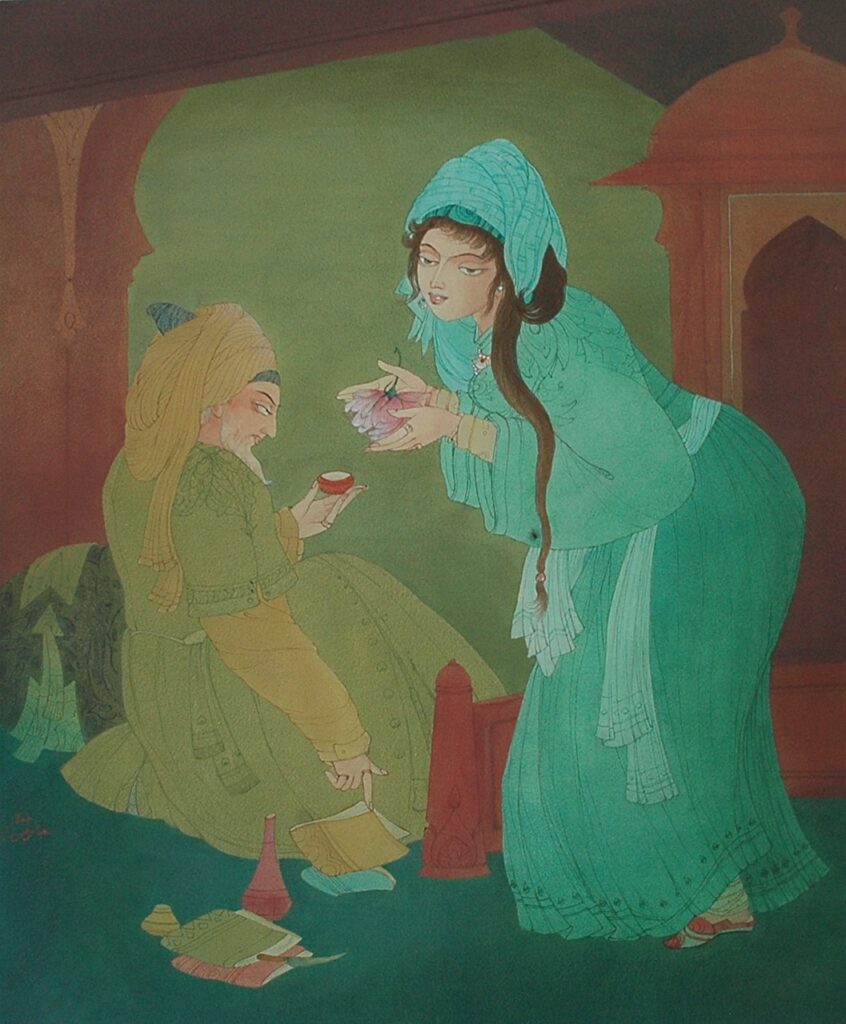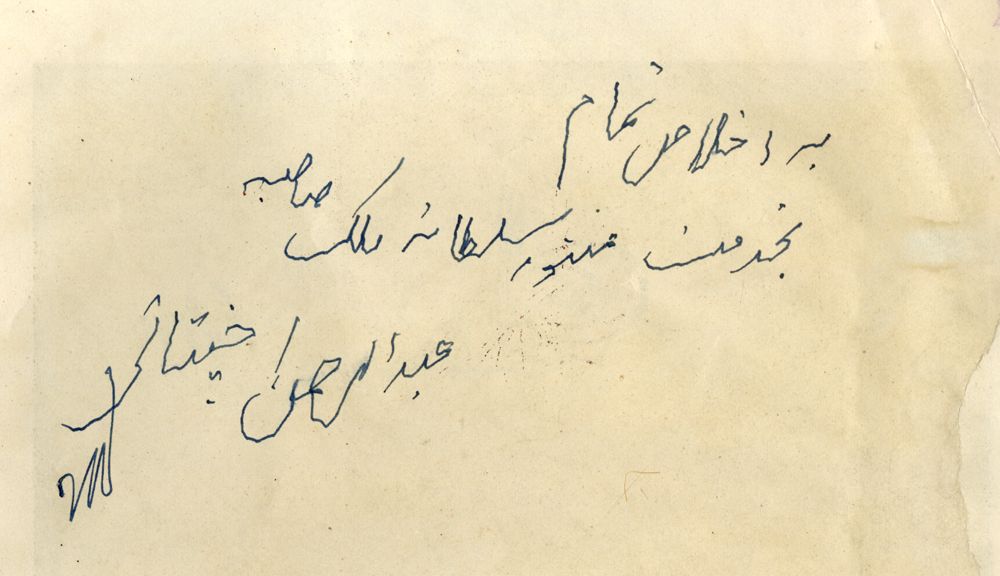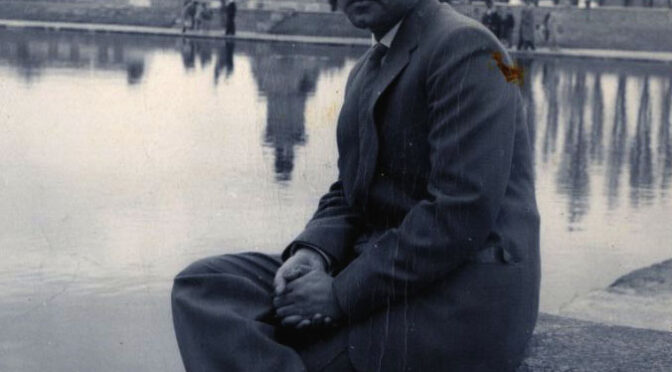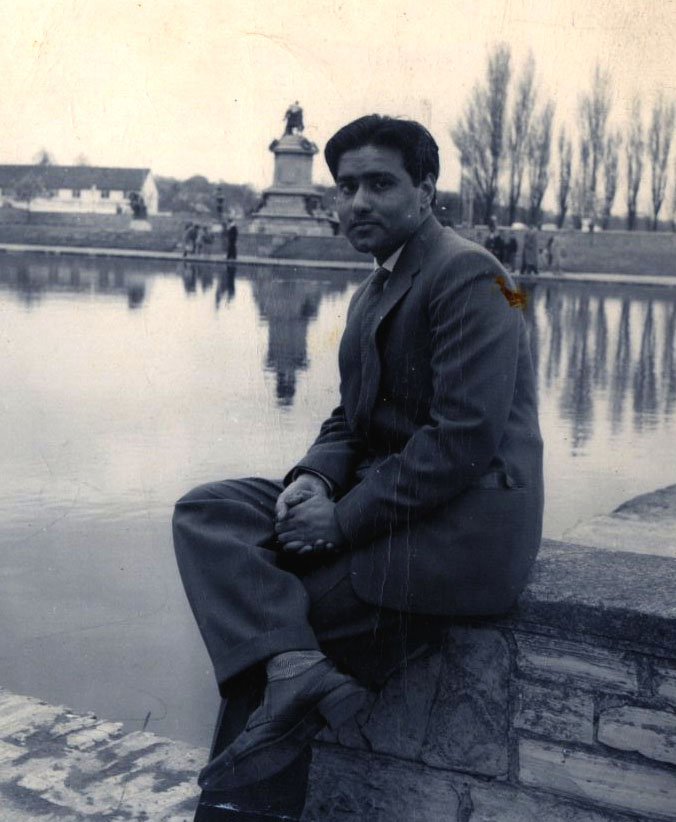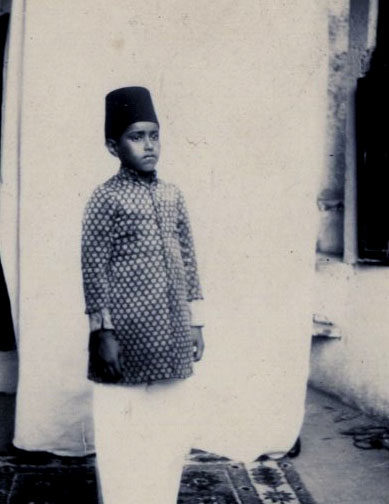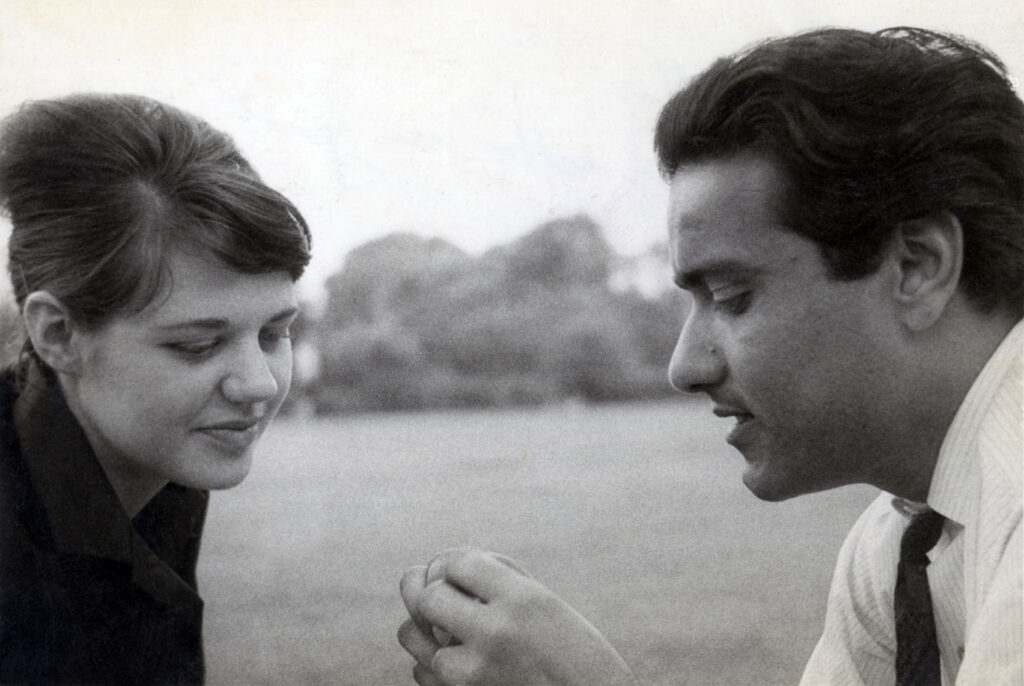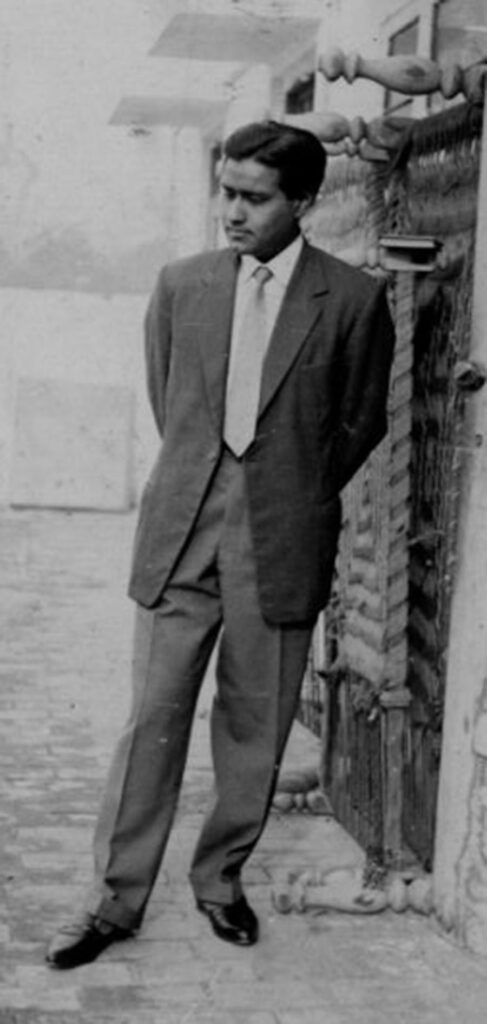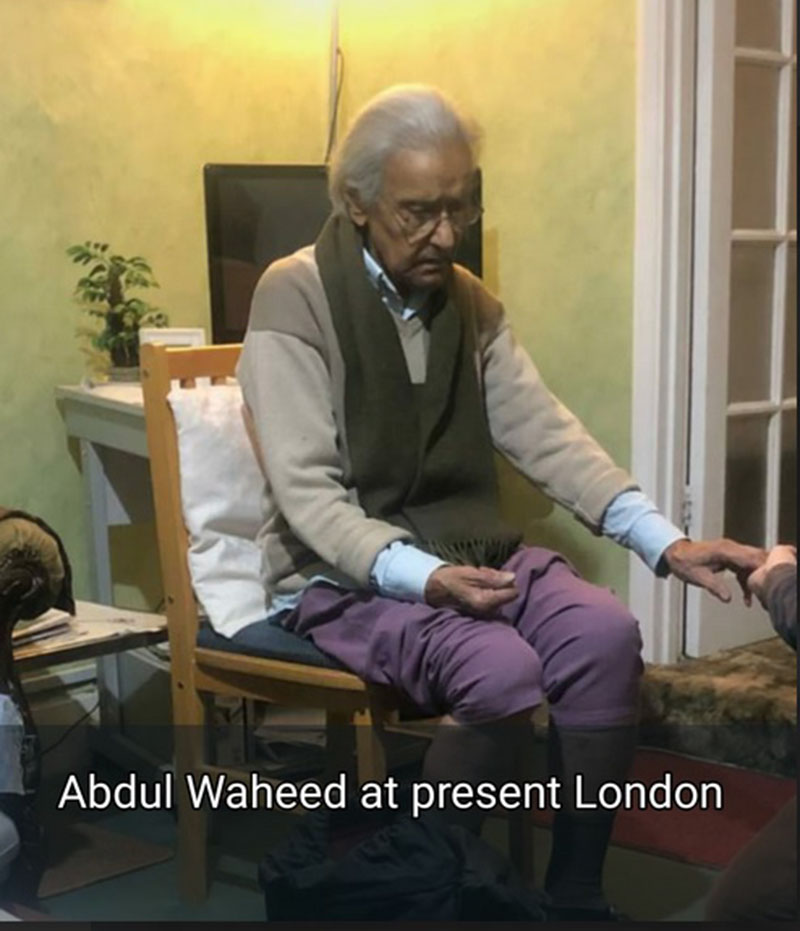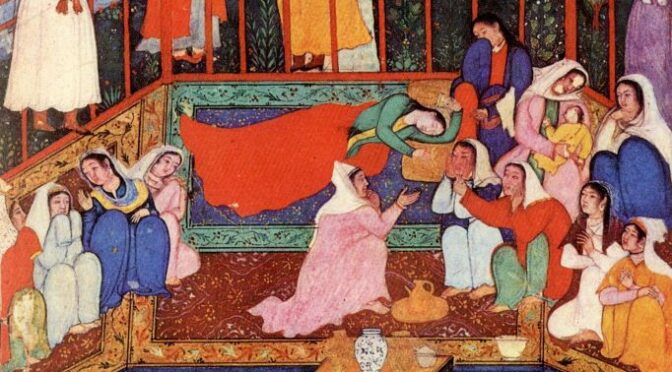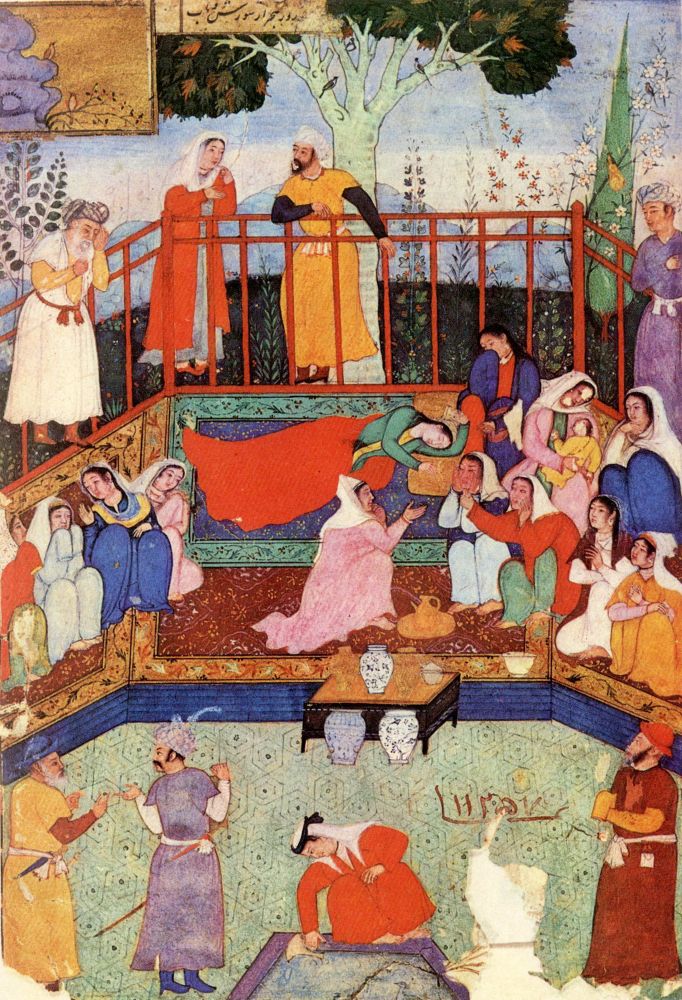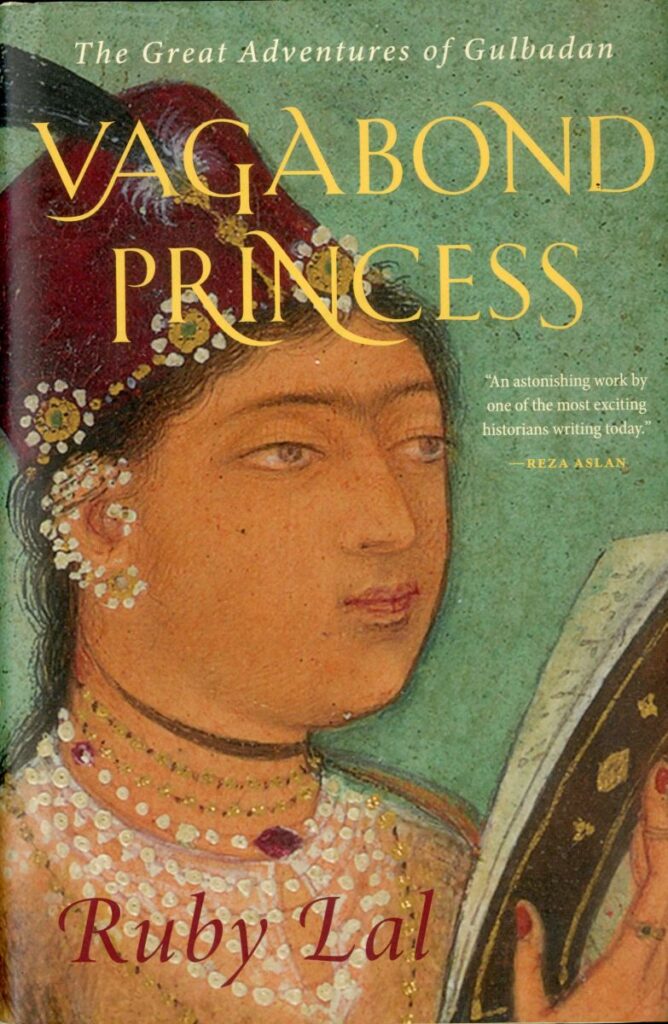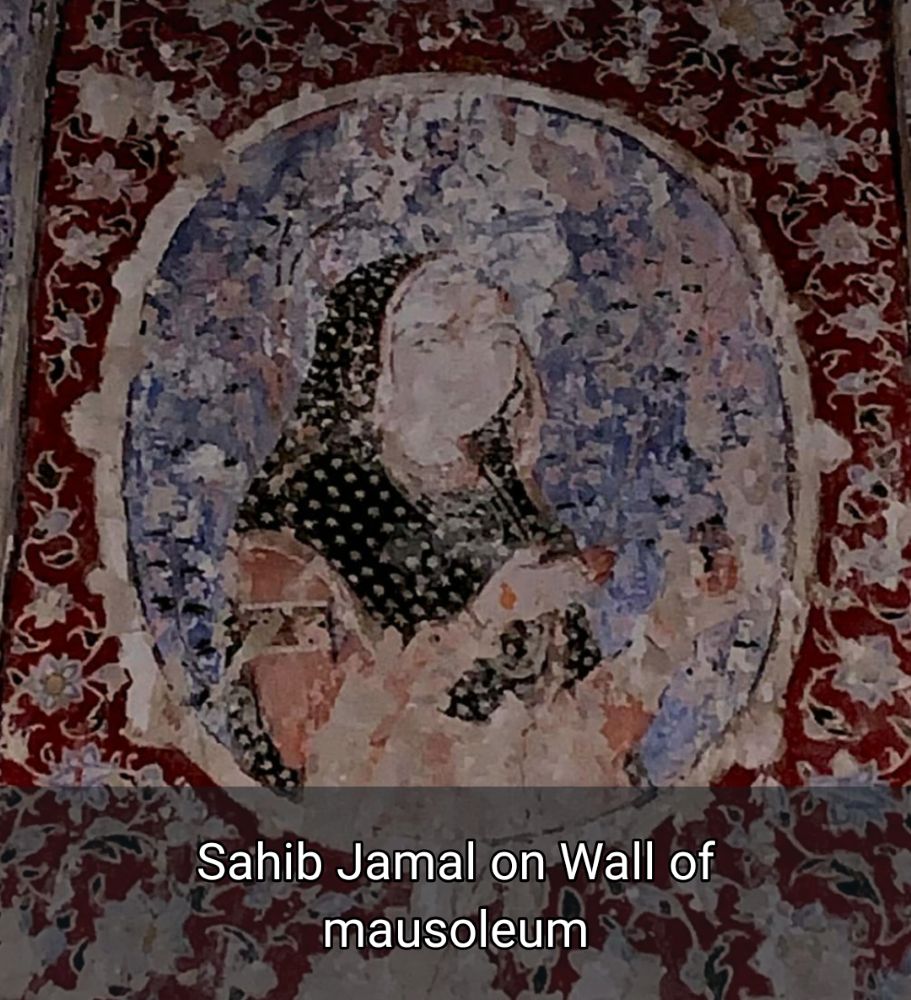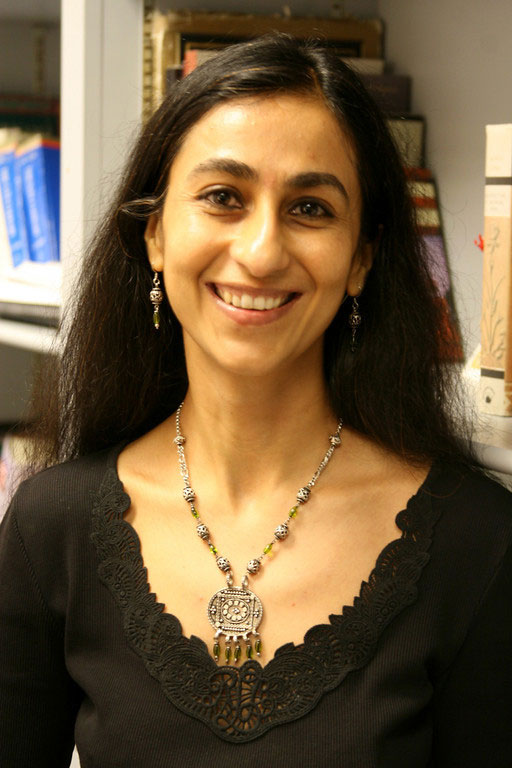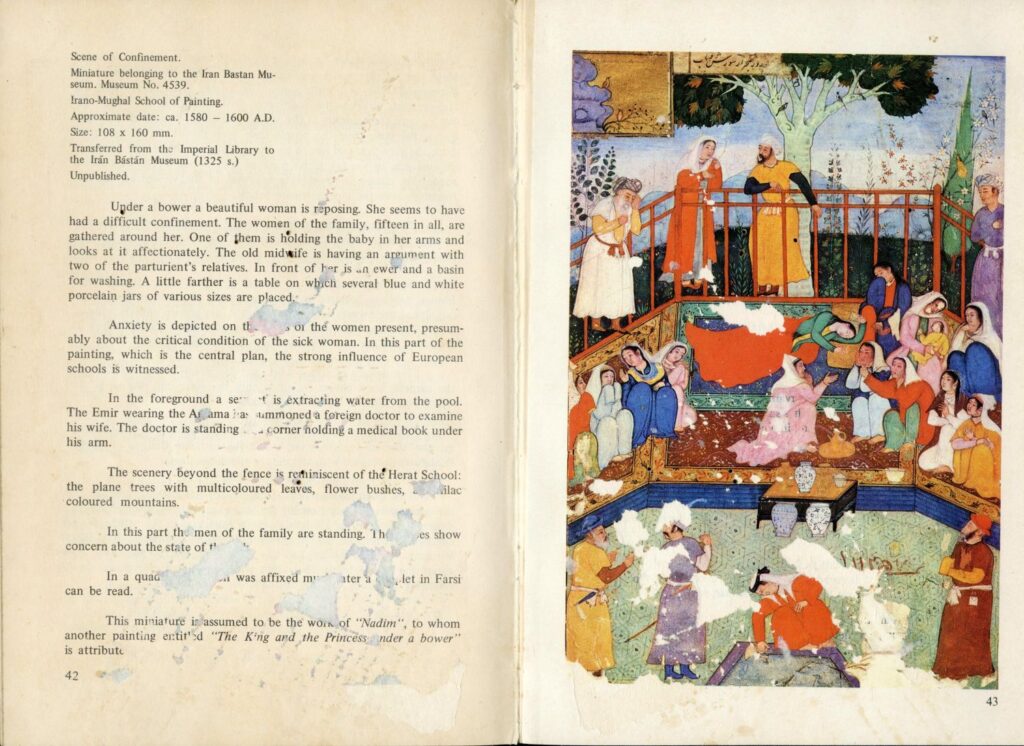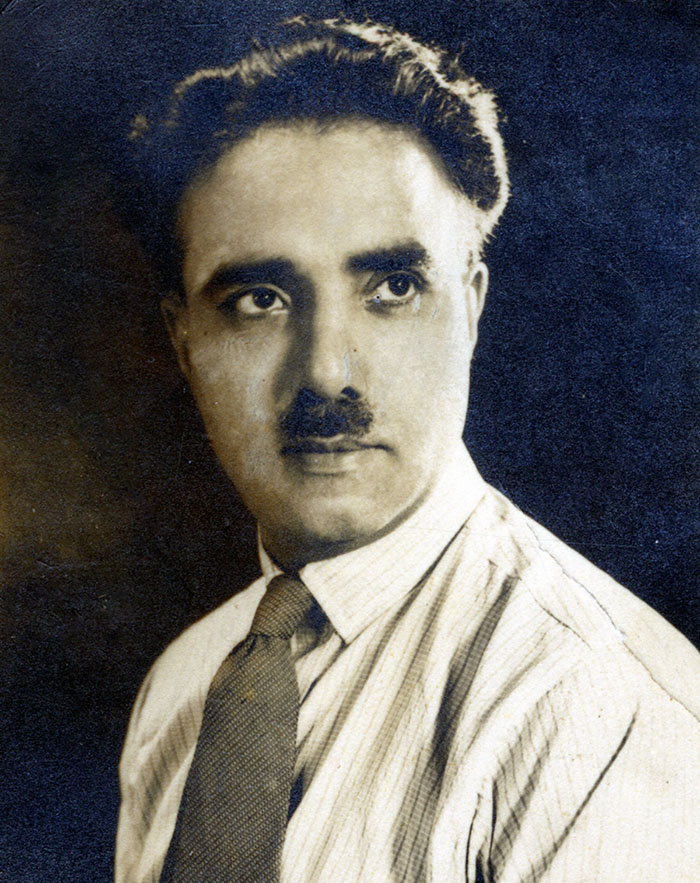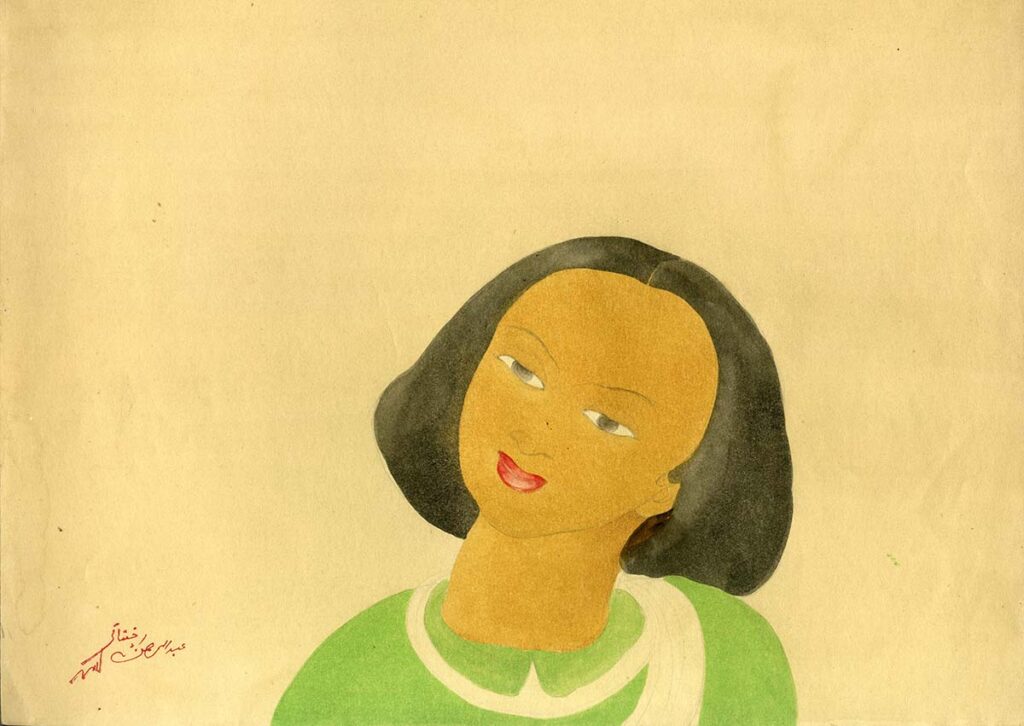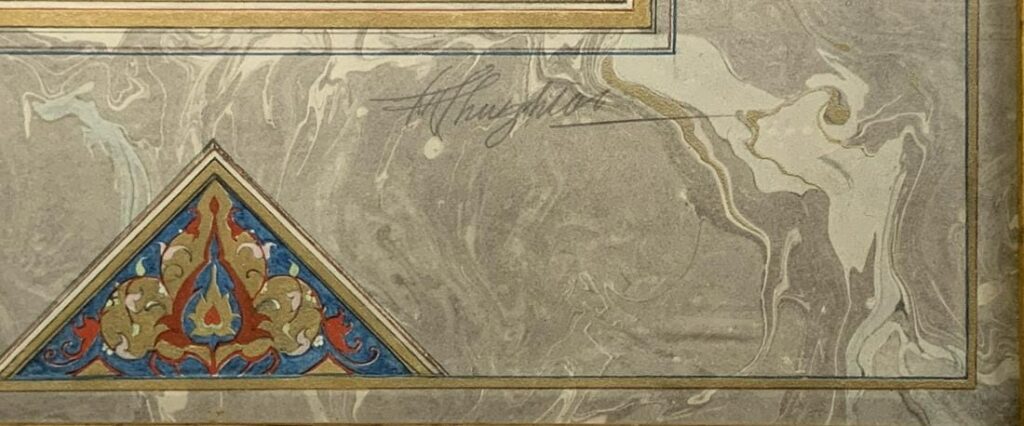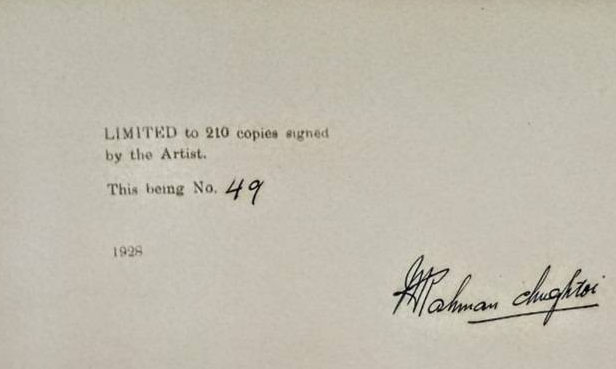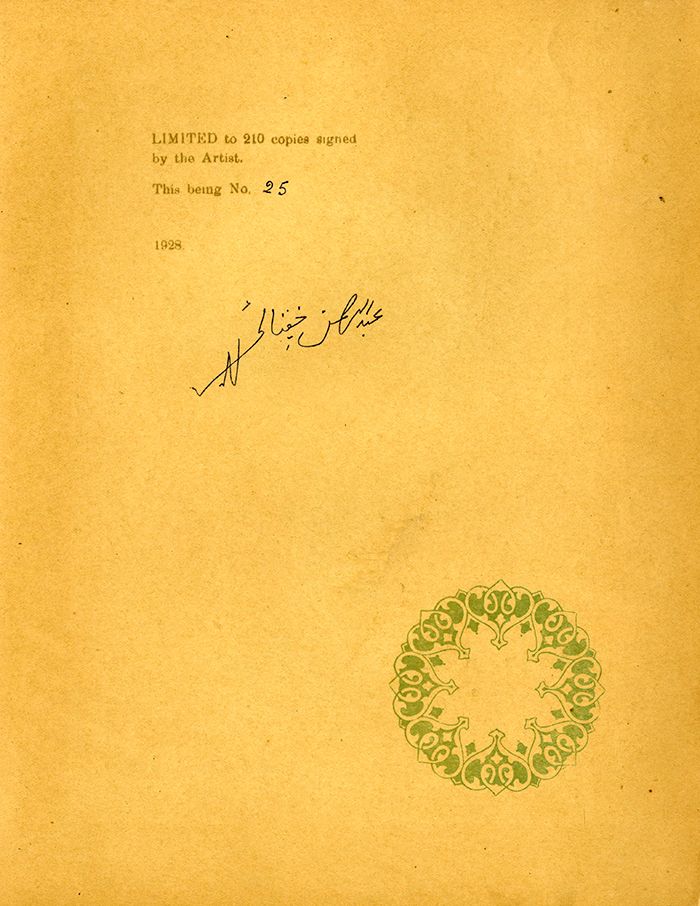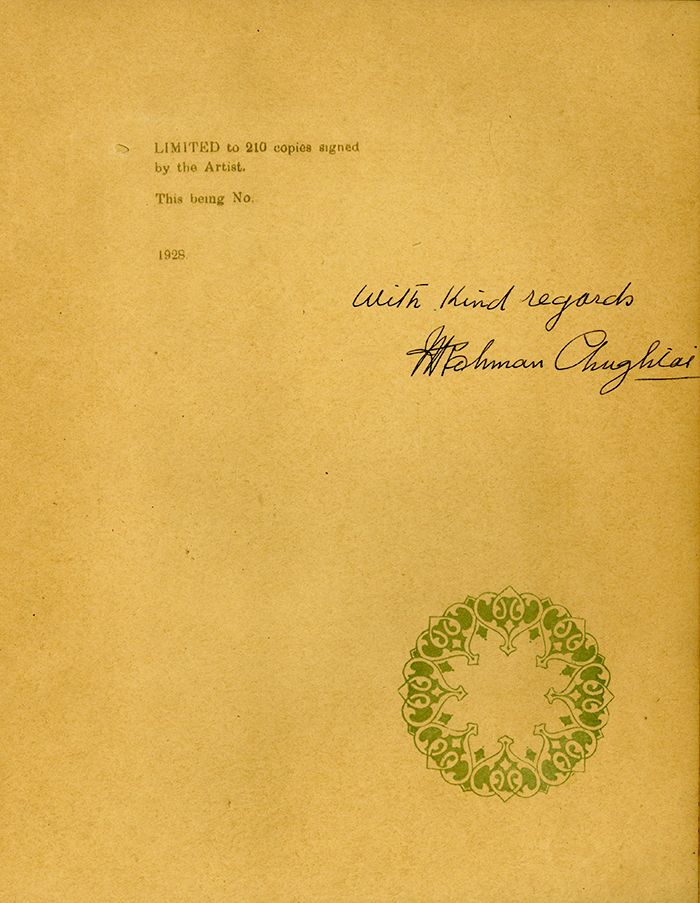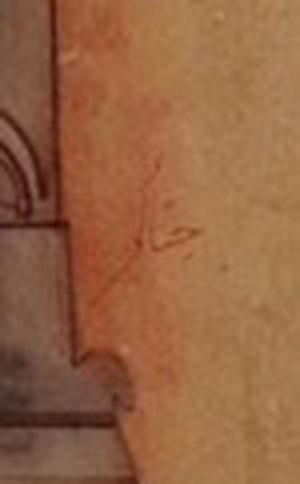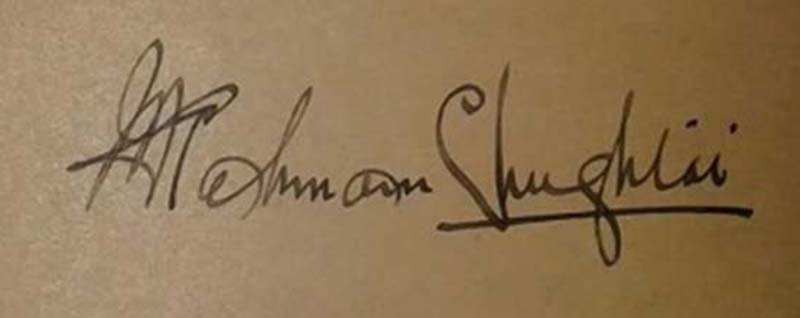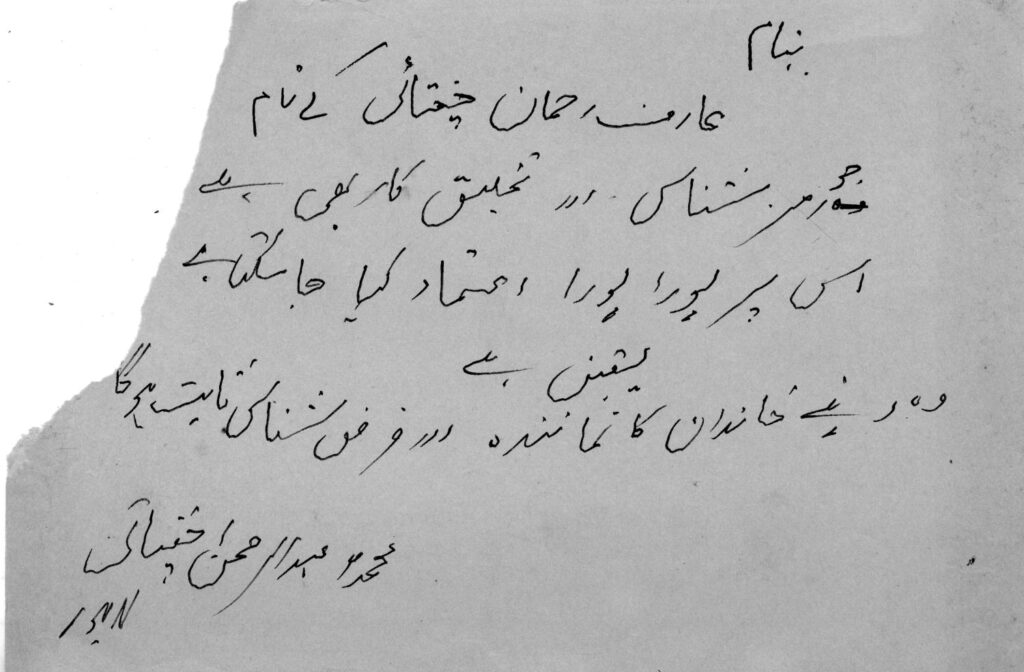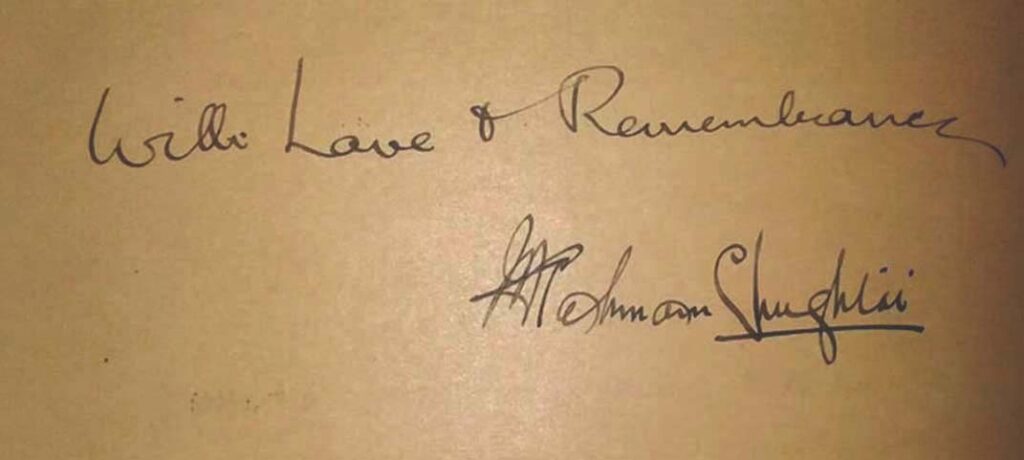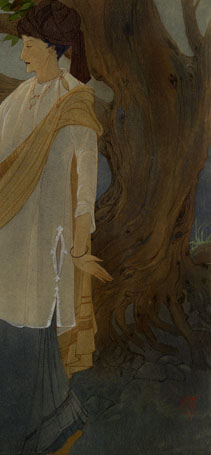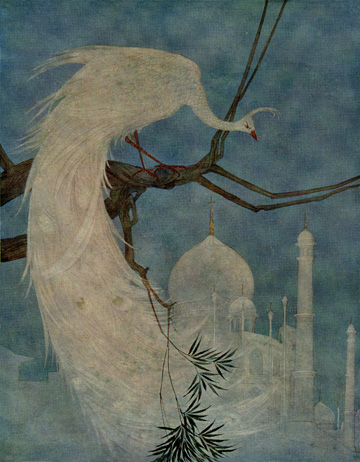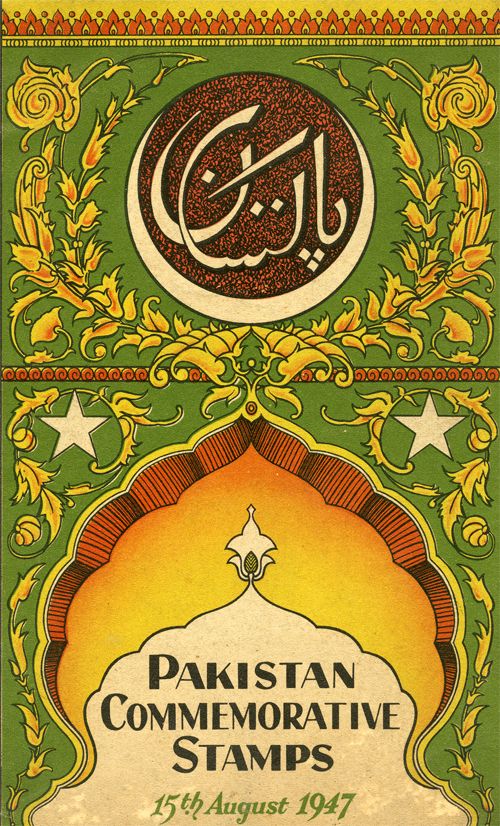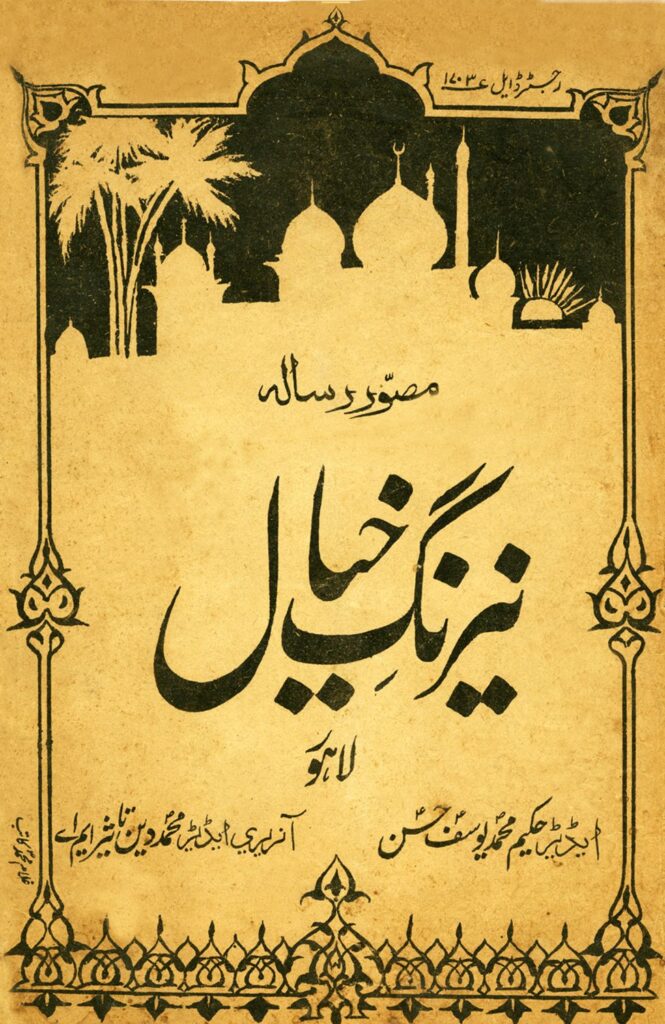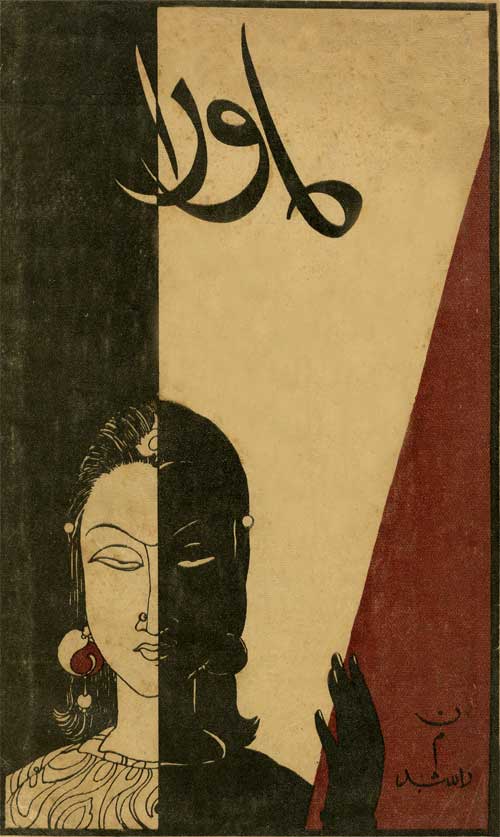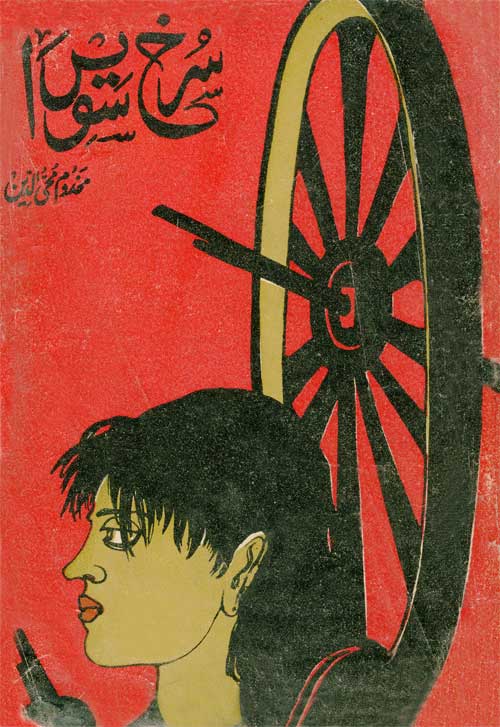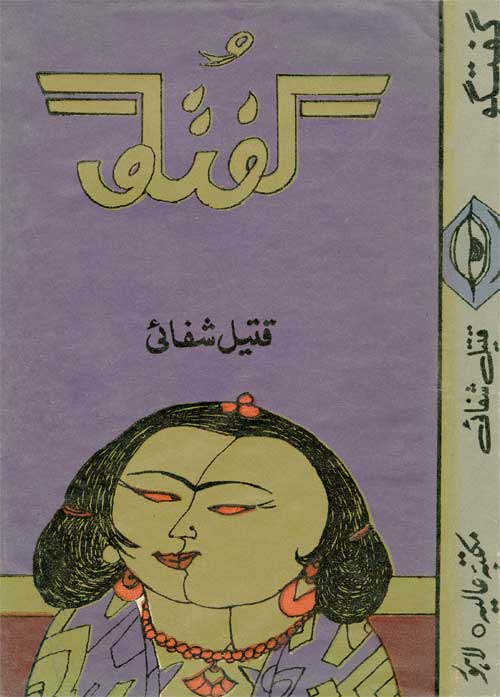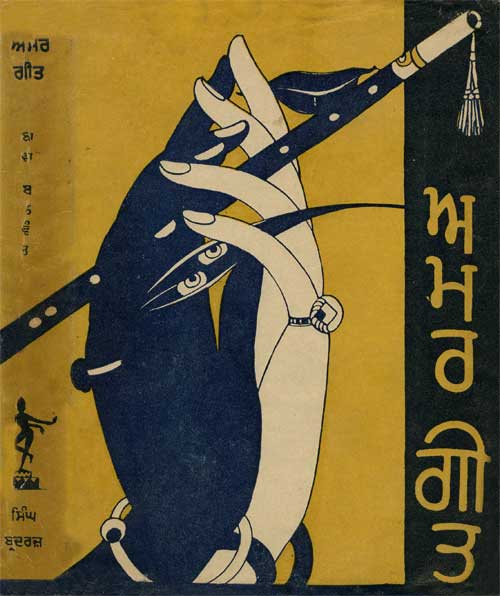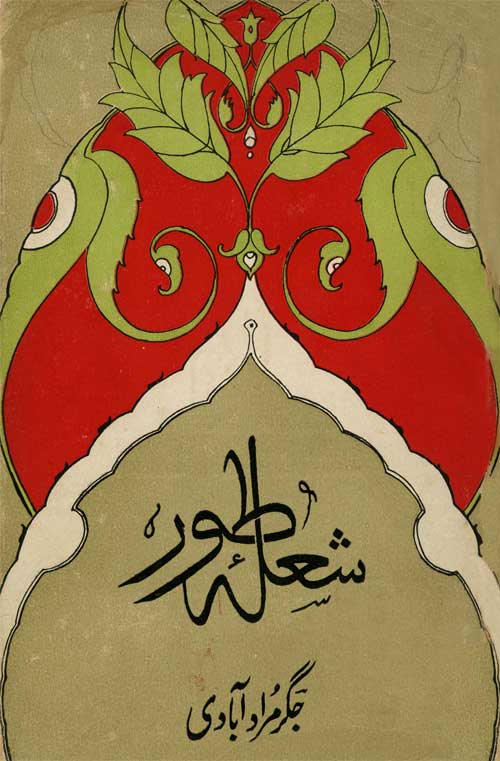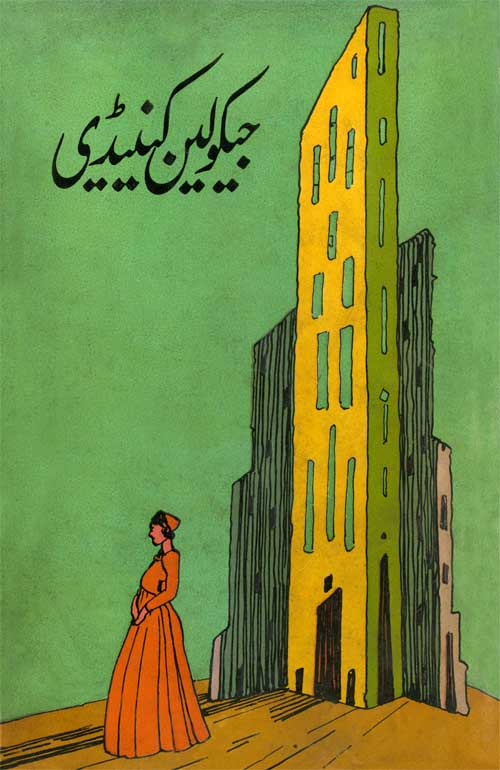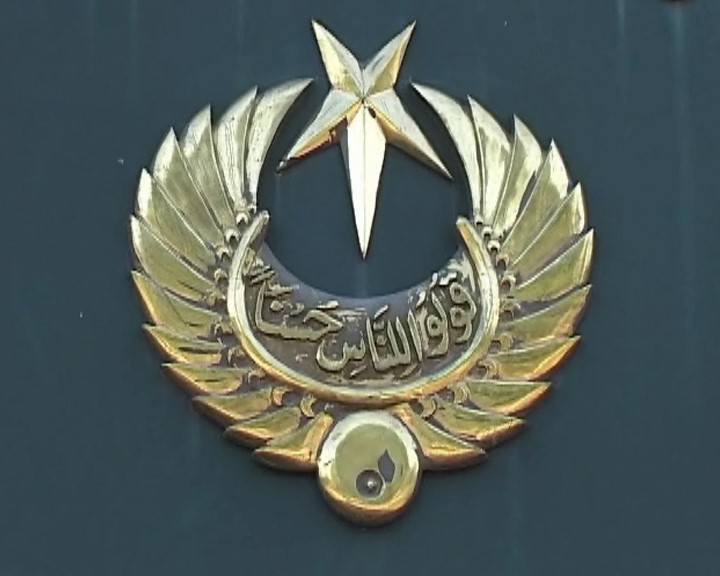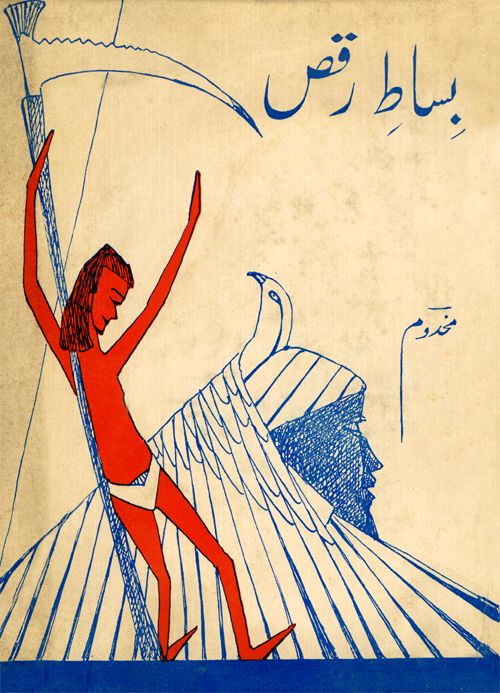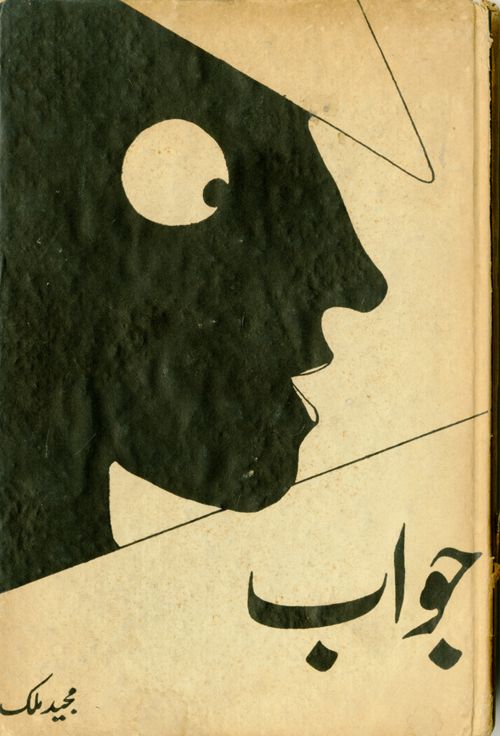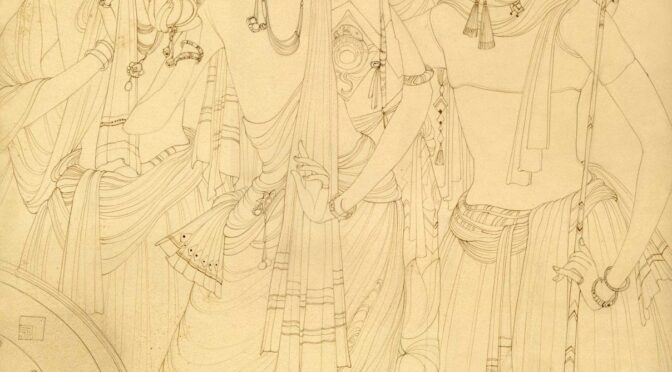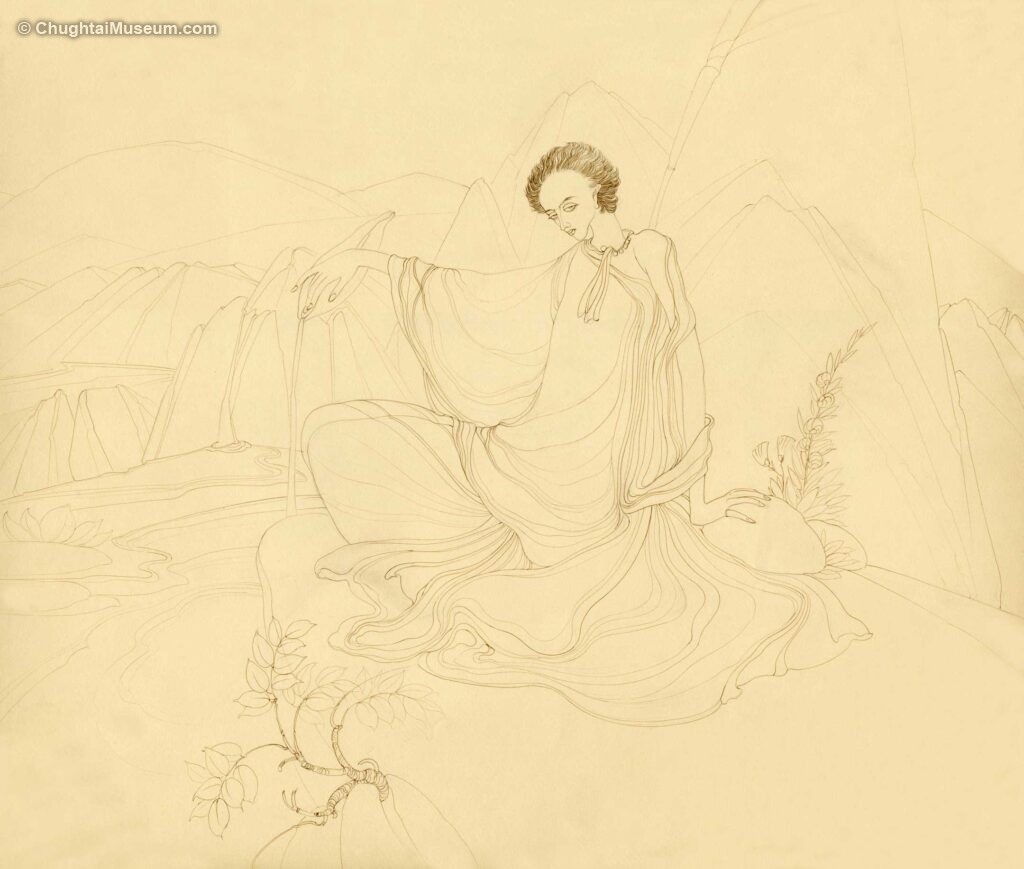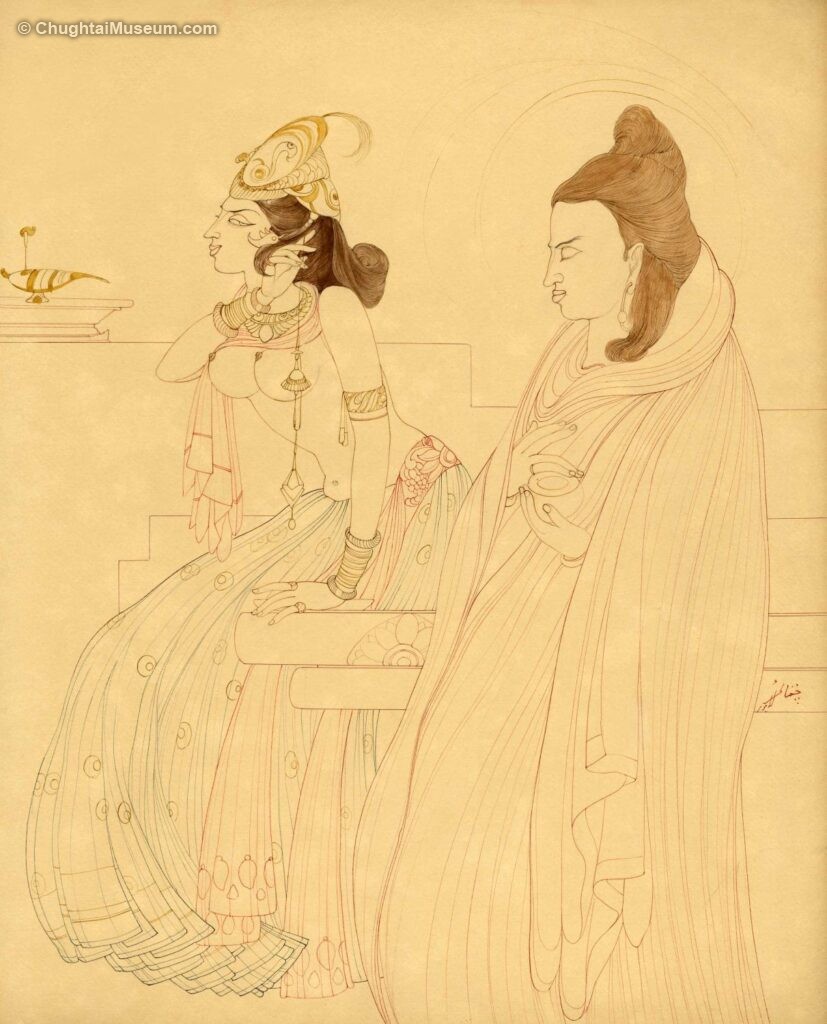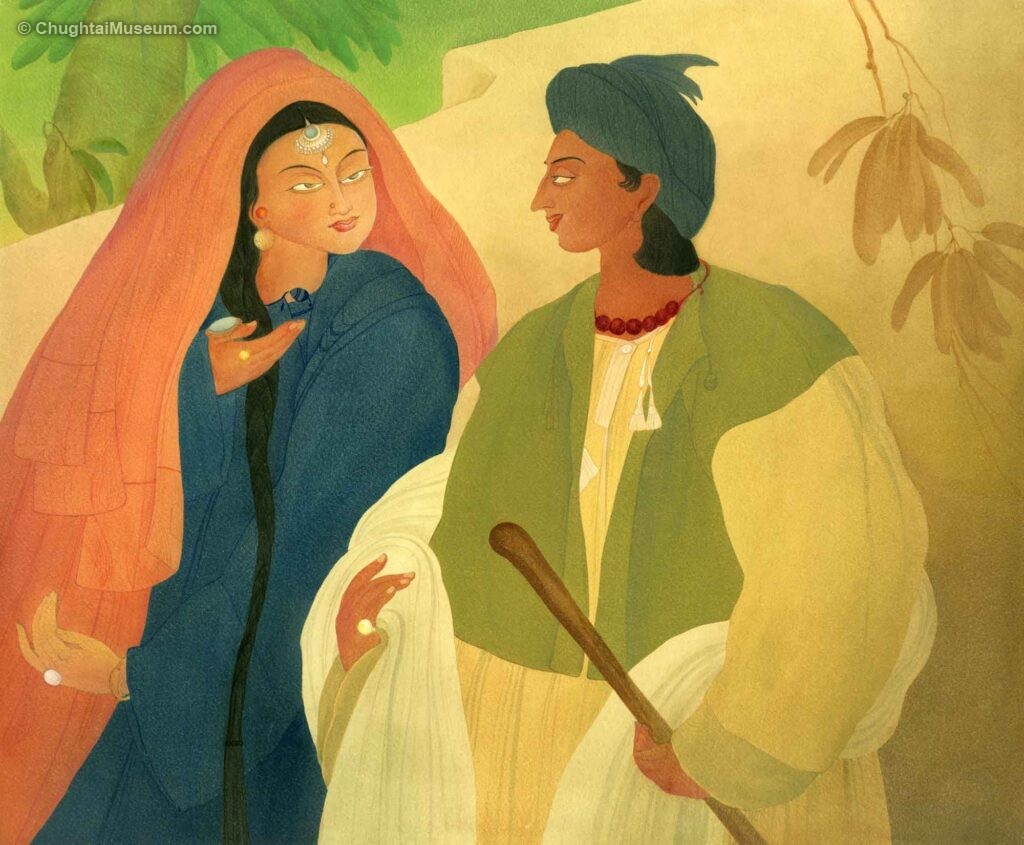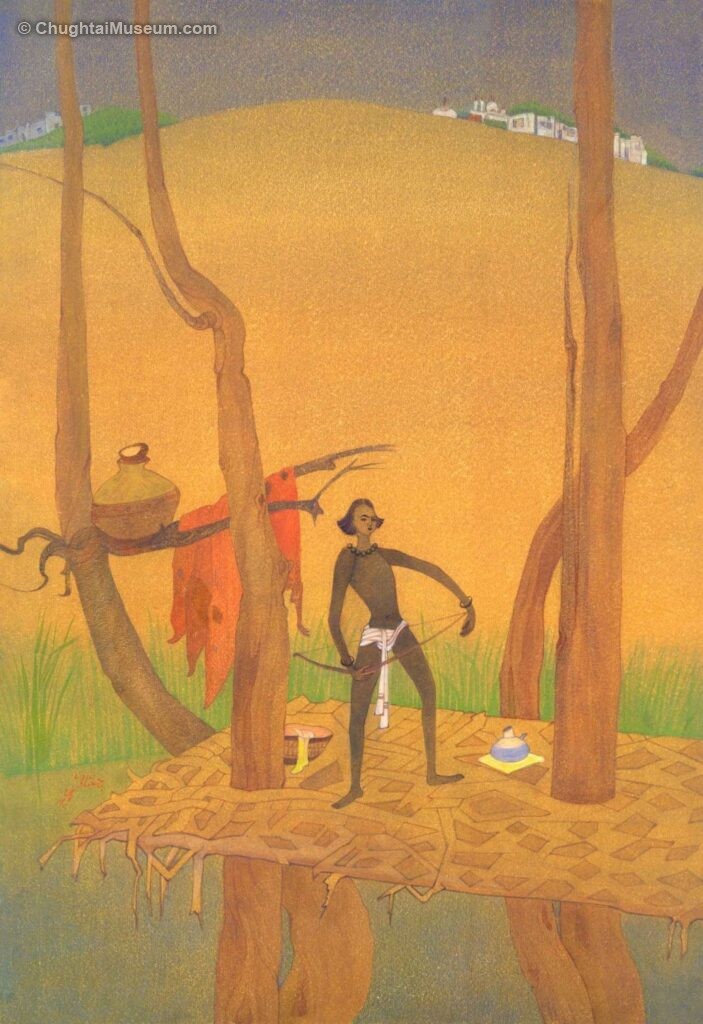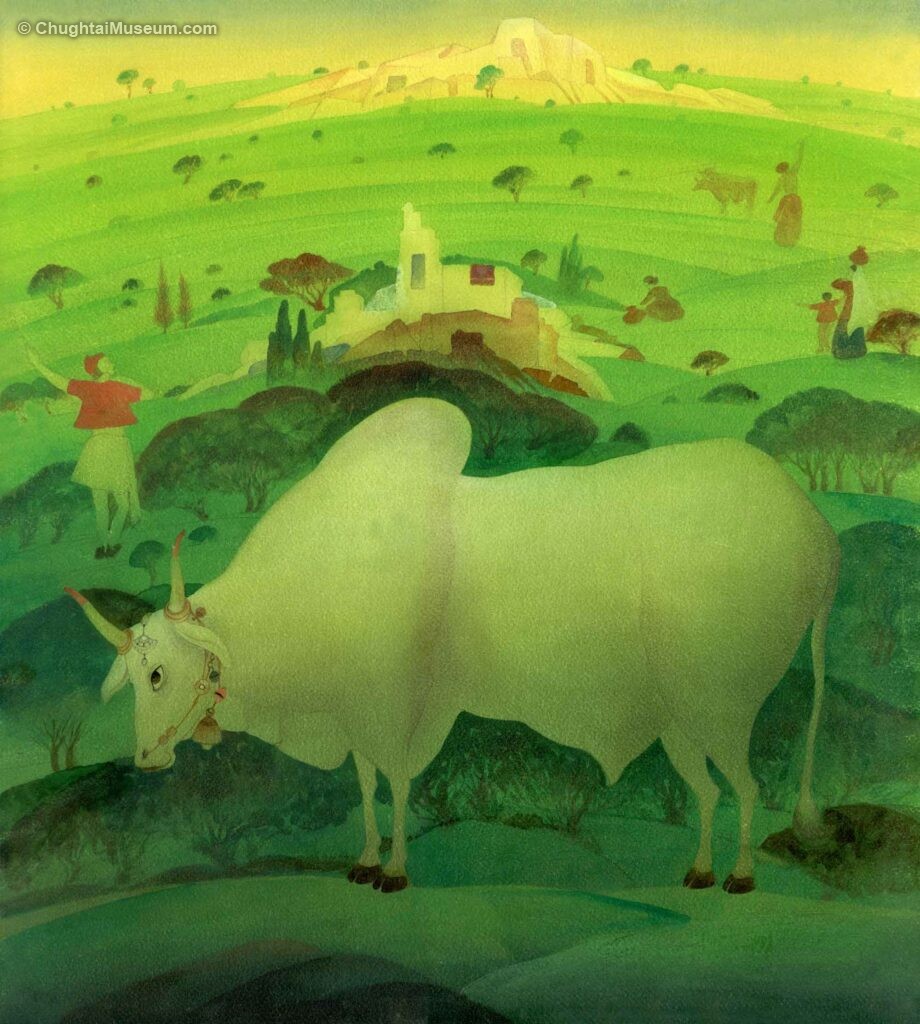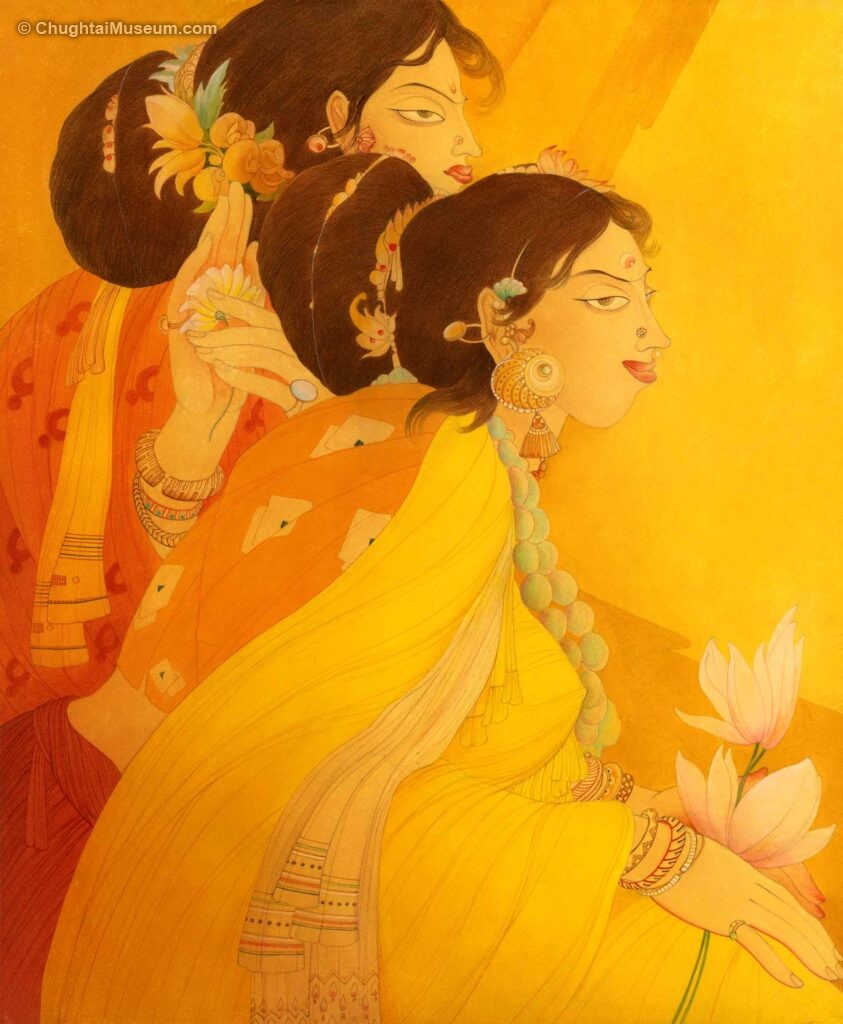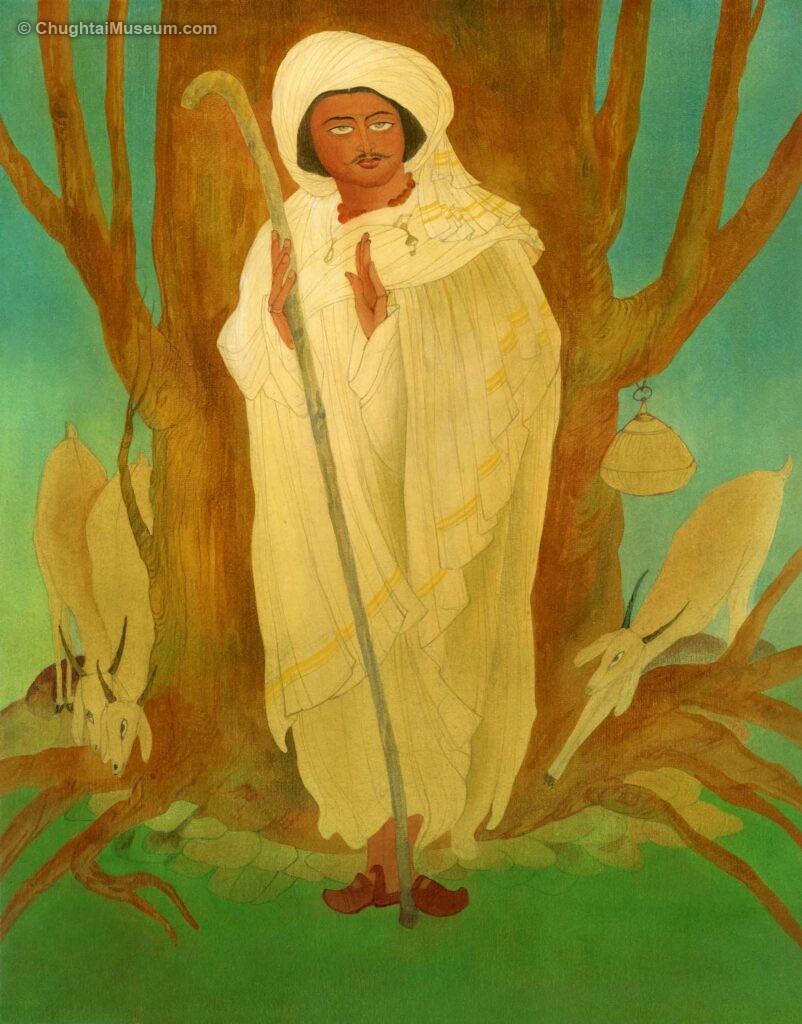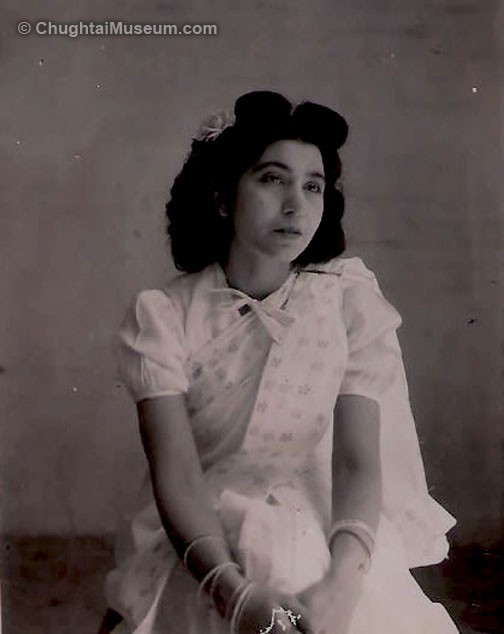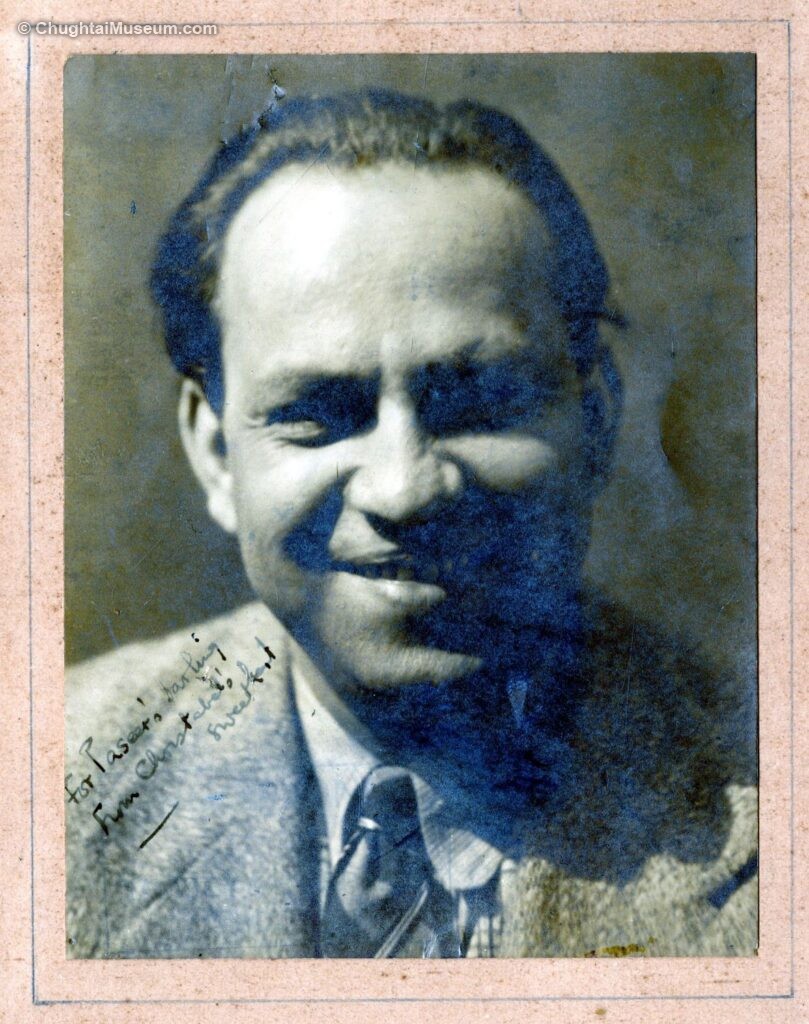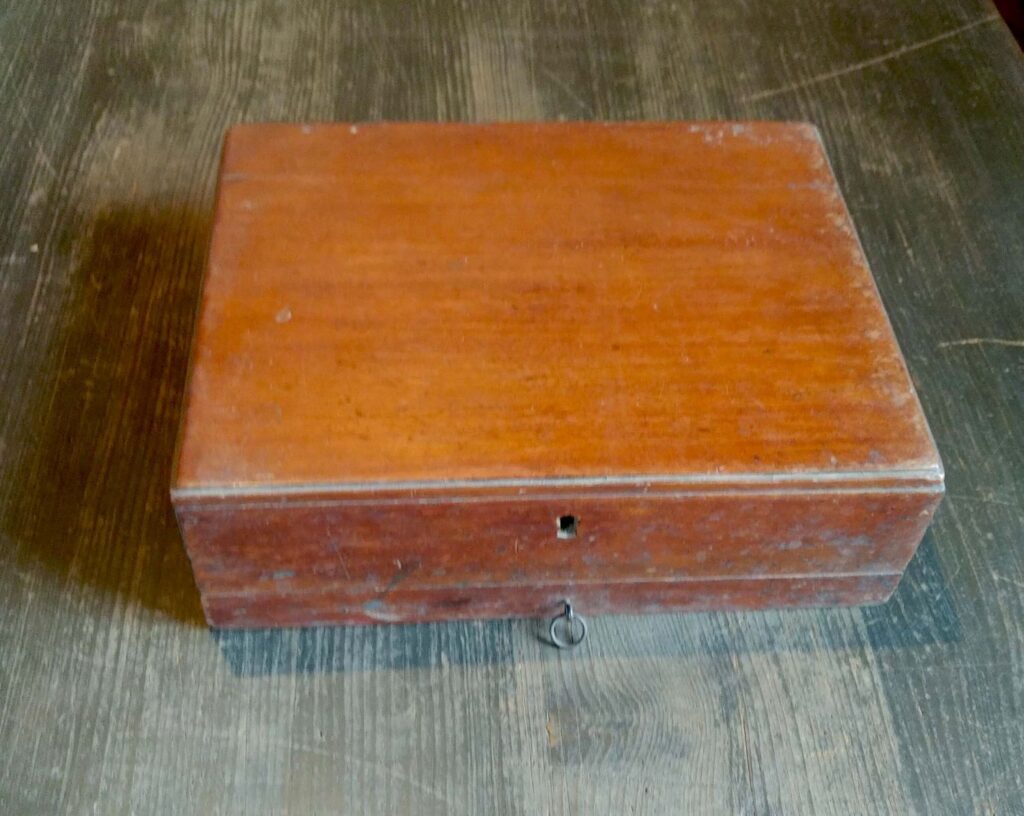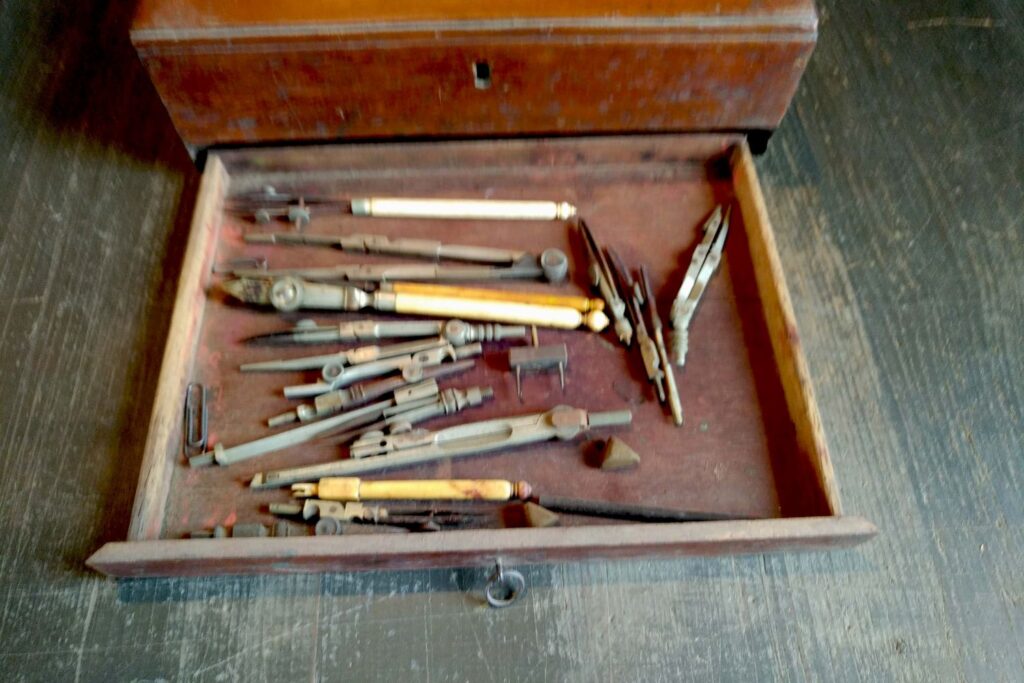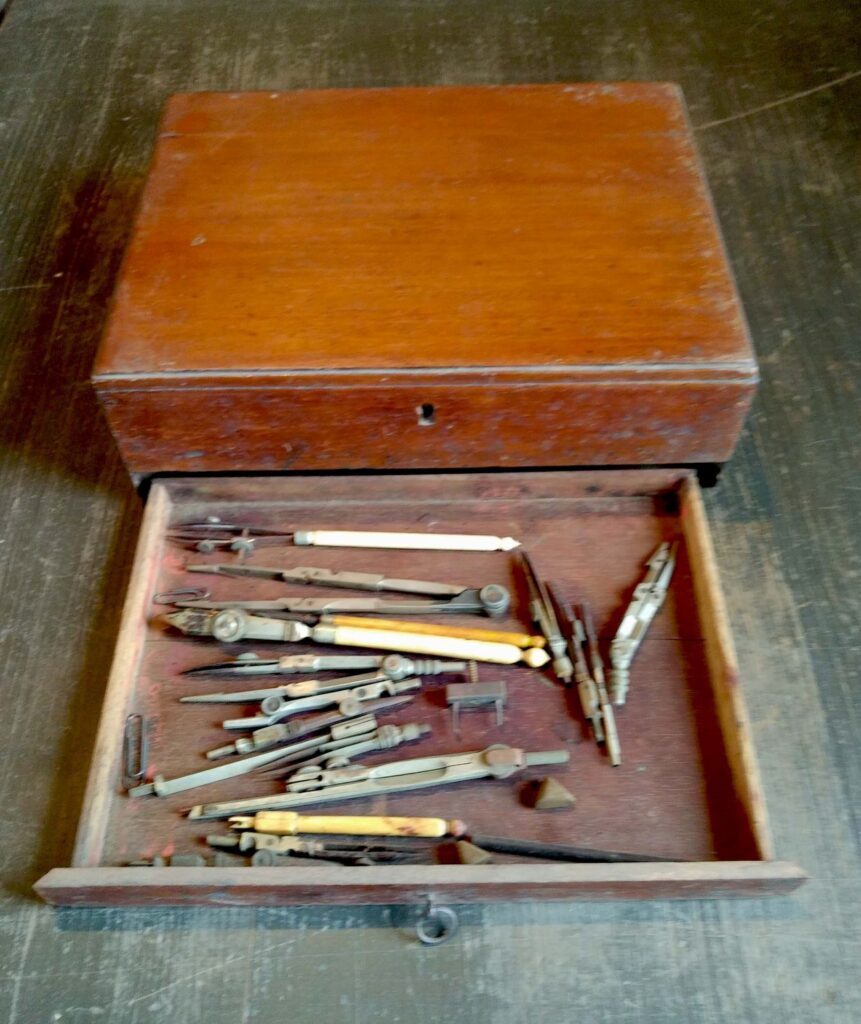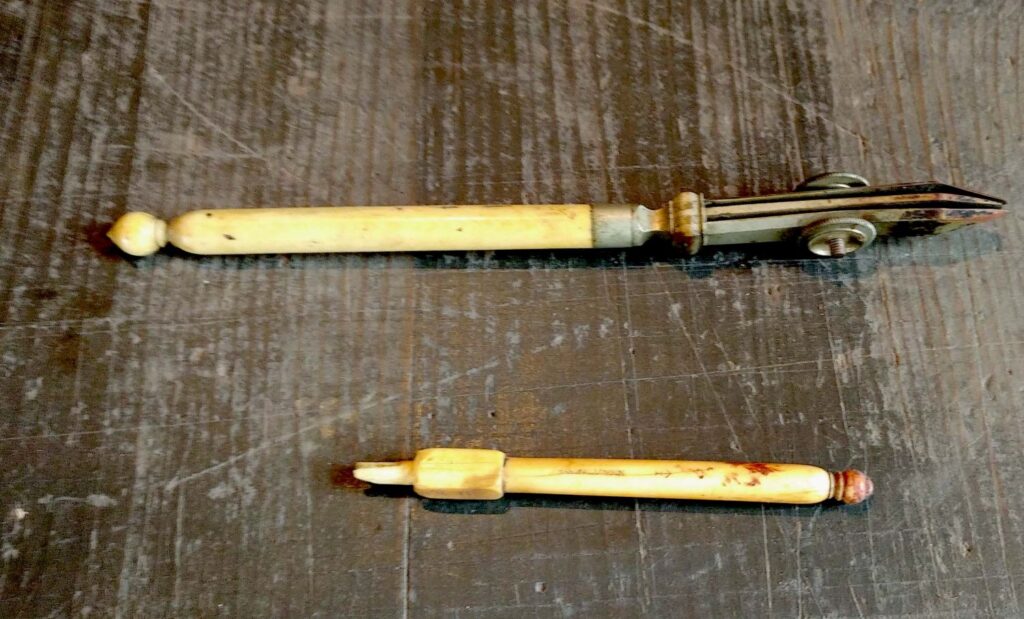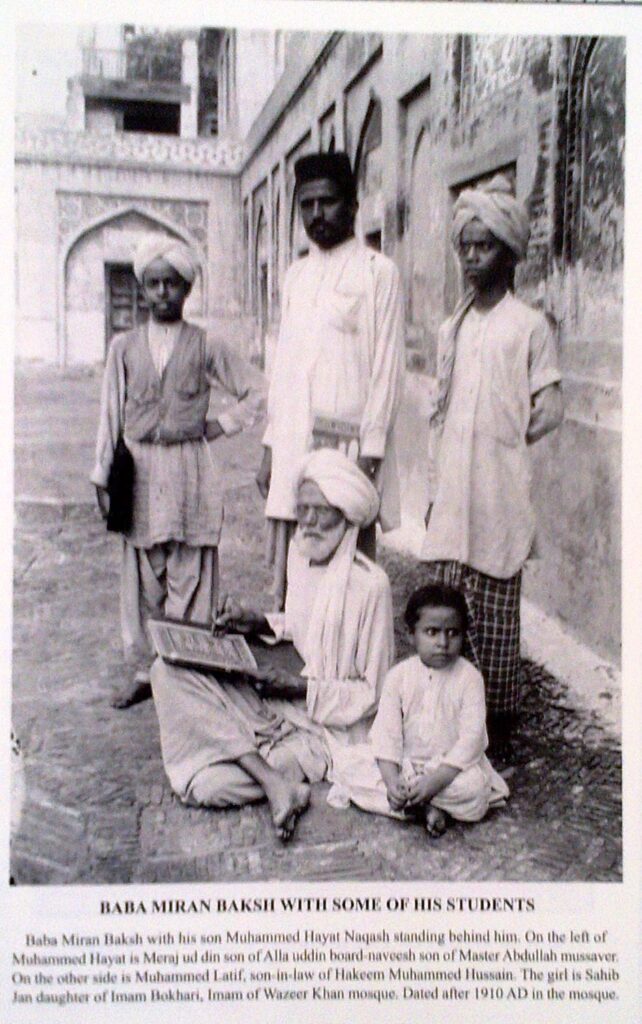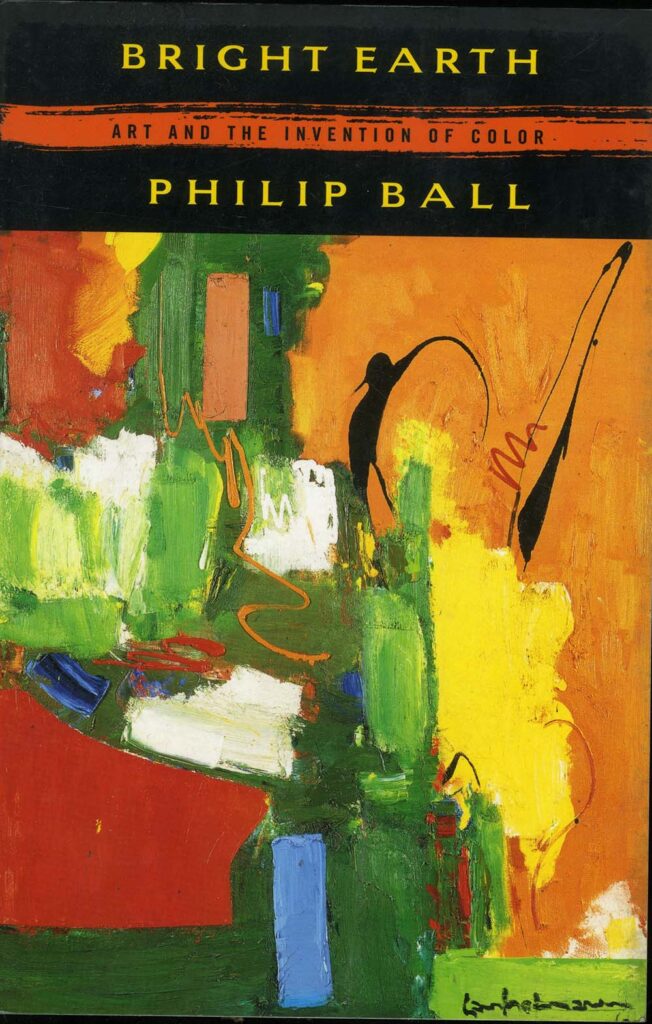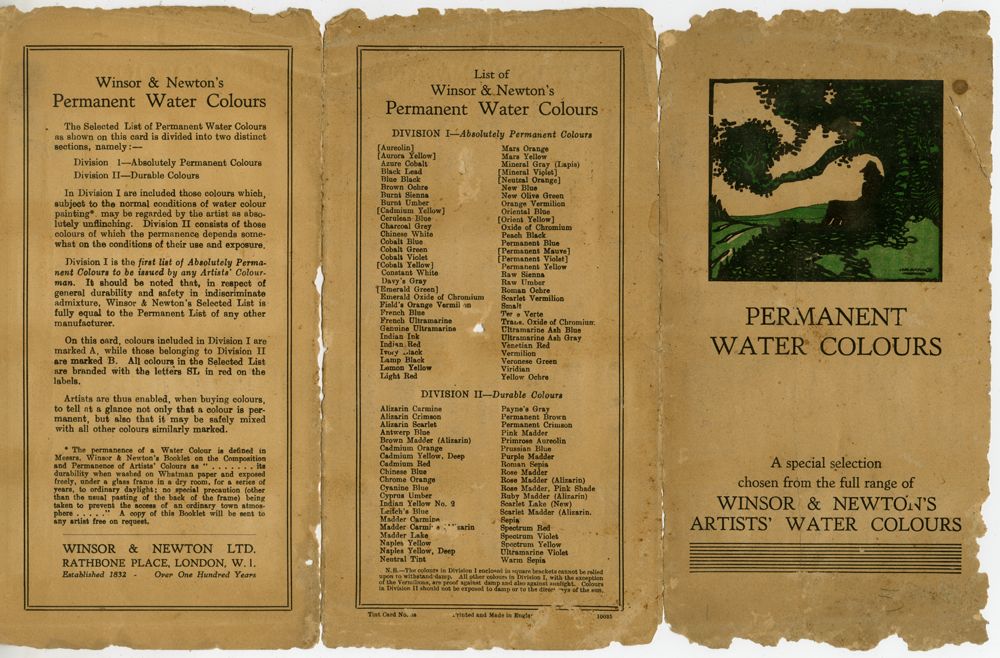VISION OF M.A. RAHMAN CHUGHTAI ENRICHING PAKISTAN,
WITH NEWER AESTHETICS TO ENLIGHTEN THE LOST FLAME
OF ISLAMIC AESTHETICS, THROUGH THE FORMATION OF
A MUSEUM IN LAHORE AS STEPPING STONE TOMORROW.
I traversed the fallen Chughtai house of Chabuk Sawaran through the labyrinth of small lanes, impossible for me to reach the site without uttering the agony of claustrophobic entrances. I could only wonder as to the charisma of that fallen angel on Earth, and the situation when in 1913 he lost his father Mian Kareem Baksh. People owed money to the dead father, but nobody came forward to help. The widow Chiragh Bibi rattled by the loss, and custody of three young sons, not one of them in any earning capacity. Mian Kareem Bakh had cleared the mortgage on the house a little time before, and was in possession of four houses he owned, as a reflection of the times. Savings went into purchasing houses and giving them on rent. And what kind of properties? One qatari full of rooms, rented out to Christian cleaner ladies (in fact three to four generations came from same place to our house), and the meager rents that possibility offered to the family. The eldest step brother had no room to be nice to them in any way. In fact, as told to me by my uncle, that man used to beat the younger brothers with sticks. Muhammed Hussain was truly arrogant, as he possessed a Bachelor’s degree in those times, and was the Royal teacher for Princes of Afghanistan, through the British administration. For going to his tuition, the administration had given him a horse of his own. Truly he ruled the poor three kids with an iron rod. Now imagine what the three orphans could do?
In 1911 Abdur Rahman Chughtai did his Eighth class at Railway Technical School, which was free for people attached to the Railways. His maternal uncle Elahi Baksh worked for the Railways and these boys got free education indeed. (It should be remembered that Chiragh Bibi was outside the Chughtai family, and children from that side are not even Chughtais, but out of fashion started carrying the nomenclature. A moronic descendent who is an illiterate waiter in Dubai seeks credentials to be a Chughtai. But no more. Miran Baksh attached to the Mayo School of Arts donated Rs 5 for him to take the examination on a private level. There is a story of how Abdur Rahman Chughtai ran away from home around 1909, and went to Karachi in search of writing drama plays or producing them. He was brought back by a relative Ziauddin Chughtai, along with another boy, who was a neighbour of their house, and later used to have a shop in Anarkali bazaar. So what now?
There was property inside Yakki Darwaza which was opened by them, the three brothers started a firewood selling shop there. The younger two would sell the fire wood, while MARC at the back of shop would sit on a charpai and write dramas, his sole ambition as a young teenager. But this was cut short with expansion of lanes by the municipality, who dissected 10 feet of the shop for expansion of the lane. I was shown the place once upon a time by my uncle. It seems the curse of municipality would always be with him as the L.I.T did the same with his Garden Town property. Mindless bureaucracy with no knowledge of the passion of people. Legacy of British rule tyrannical regimes. What makes a man determined never to give up? Rising Angels!
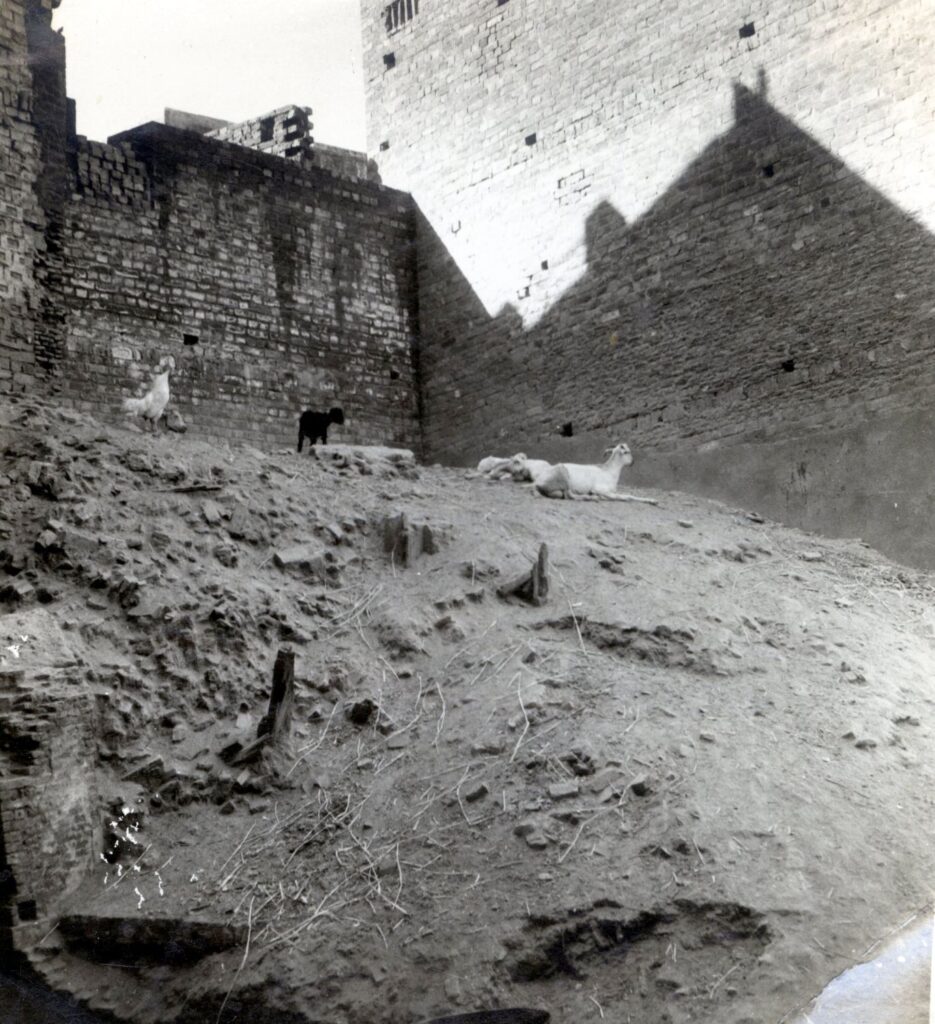


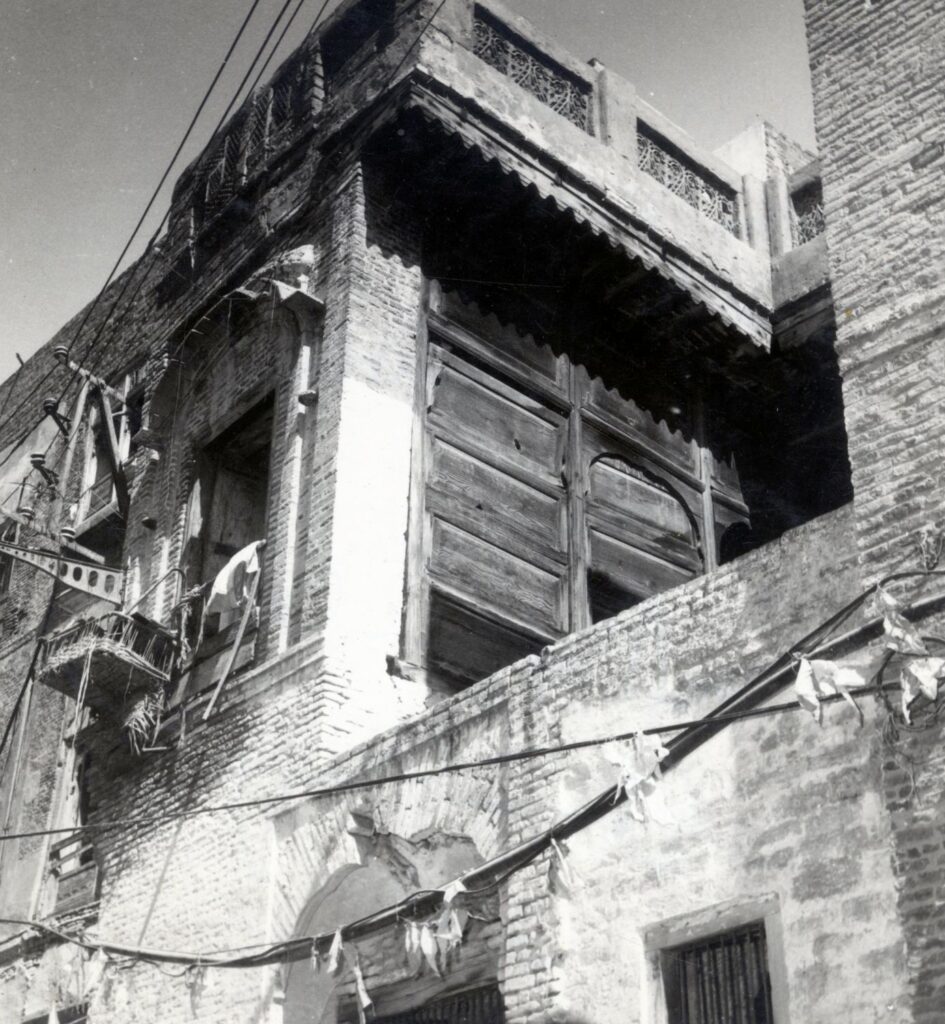
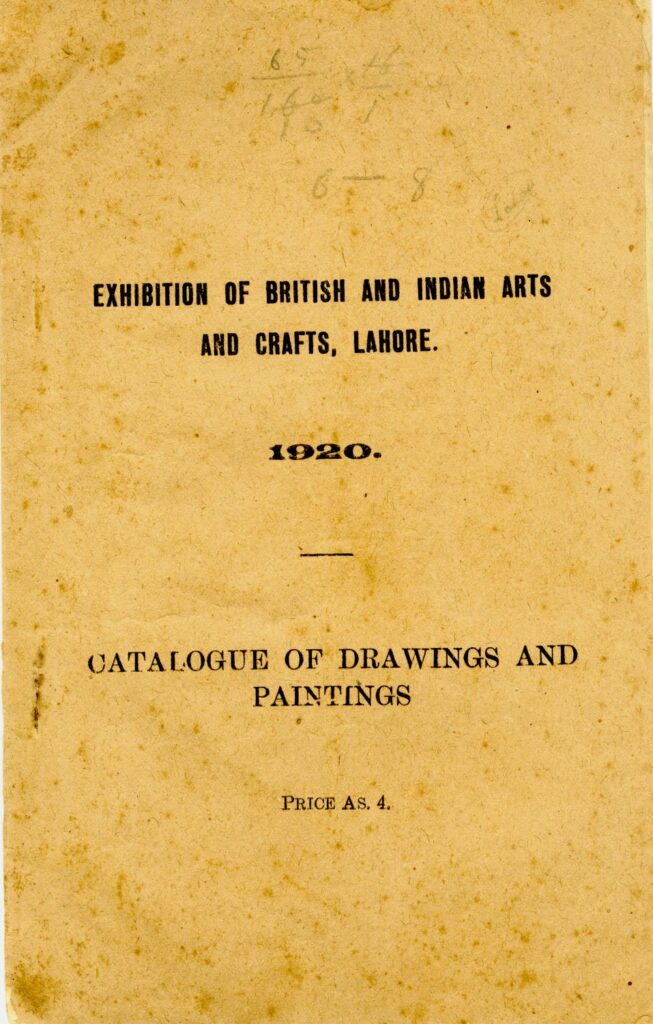
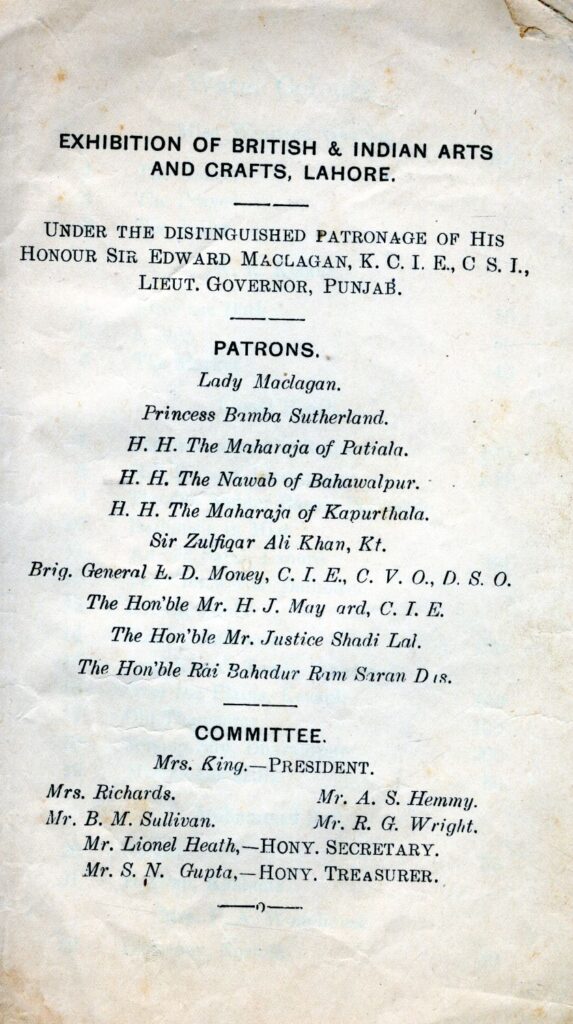

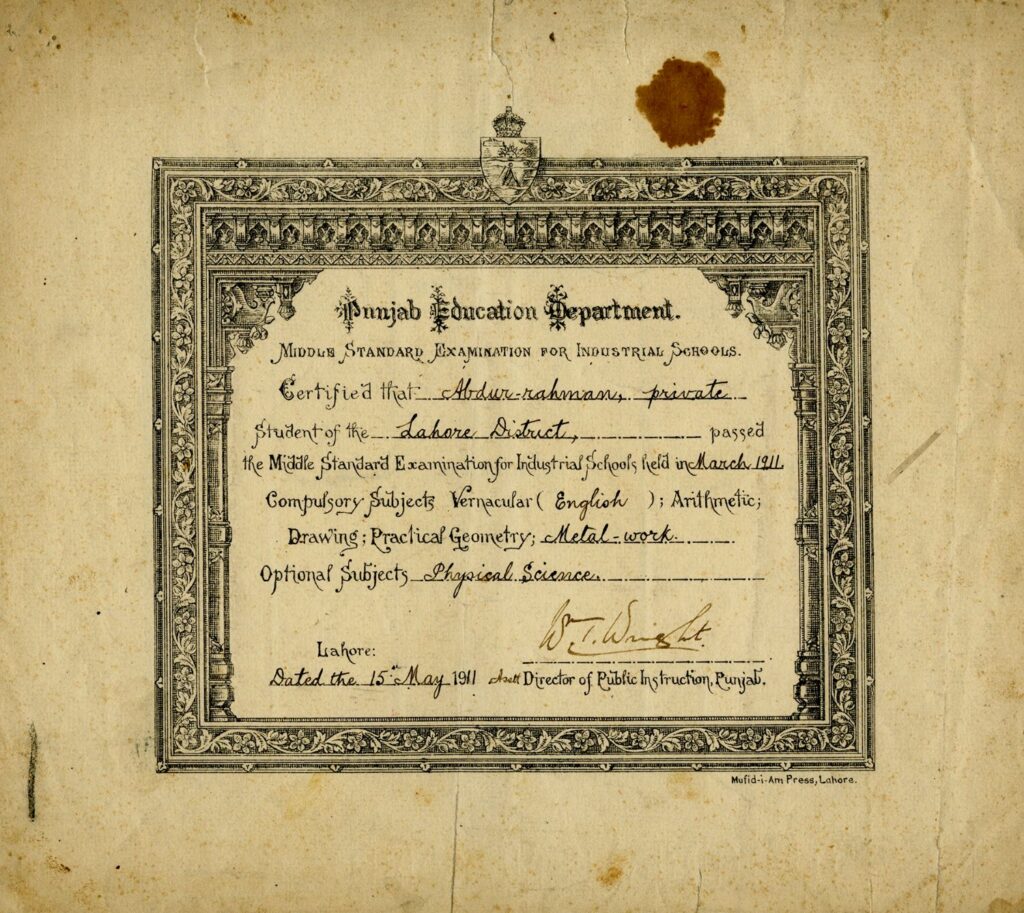
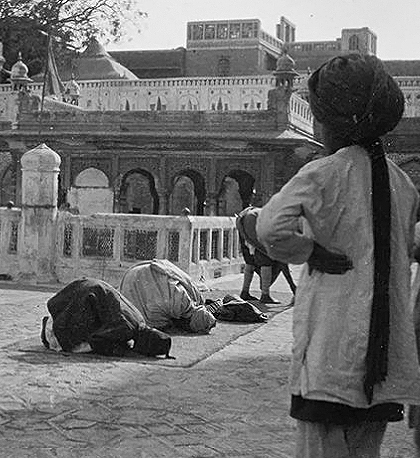
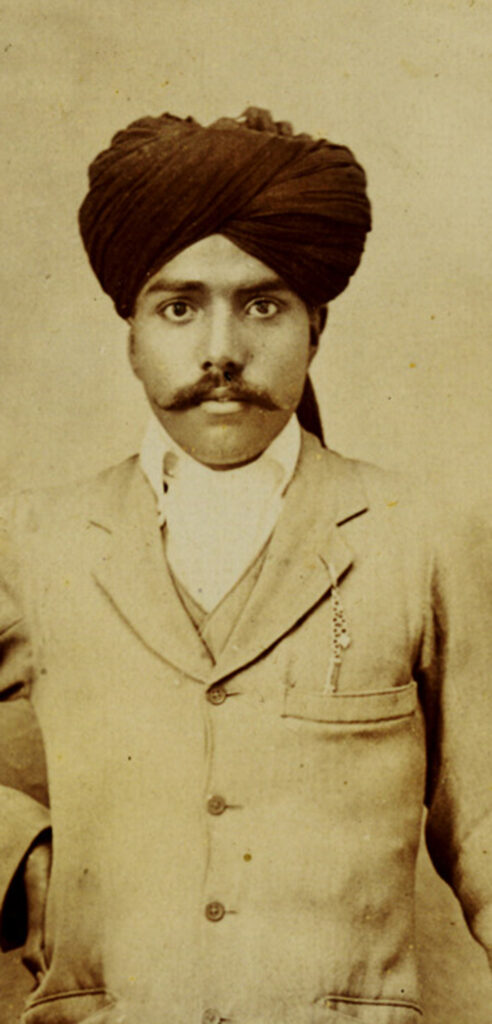
Around 1915 two brothers joined the Mayo School of Arts. Abdur Rahman Chughtai Photo-lithography, while Abdullah Joined the Carpentry classes. I think Bhai Ram Singh was still there at that time. If I remember correctly Mayo School of Arts was free for children of professional class. On completion Abdullah went as Head Master of Technical School Ludhiana, and was there for some time. Abdur Rahman Chughtai became a Photo lithographer at Mayo School of Arts. Abdur Raheem Chughtai became a typist at Typewriter Traders Lahore, an old firm, and owner related to his wife. Envy and racism persisted even now at the School. A group backed by Samerendranath Gupta hated his existence, and the other group like Abdur Rahman Ejaz vied for personal attention against him. A lot needs to be written on same. I think Gupta ensured that the Diploma would never reach Chughtai Sahib, by accusations pounced on him in a deliberate strategy of racism. Or even personal dislike. Abdullah claims that there was a Diploma, and the artist attained second position in the Punjab. Not known, no proof. If it was there, he never went to pick it up. However, a certificate from Archaeological Survey of India was there in 1919. Chughtai Sahib is called officially as Mistri Abdur Rahman. He was also for some years Drawing master at Mission School, Gujranwala.
Finally Abdur Rahman Chughtai was receiving a pay of Rs 30 from the Mayo School of Arts, and a complaint was lodged against him. Very simply that he was on sick leave, but not being sick, he was watching a play on Mcleod road during the time of his sick leave. Lionel Heath Principal called him to lodge a complaint against him by a so called honourable man. Chughtai Sahib surprised the Principal with his answer, by saying that the complaint was by an honourable man, which suggested he was not honourable at all. Chughtais Sahib submitted his resignation there and then. Lionel Heath shocked and asked him not to do so, by hinting that one day he would become Principal of Mayo School of Arts. Chughtai Sahib cared little. In his life time he was offered Principalship of Mayo, later NCA three times. He never went back. Chiragh Bibi was shocked. An earning son had delivered a verdict of resignation, when family finances hardly allowed any such adventure. Chughtai Sahib told his mother, Fret not Baybay (mother), you will soon see your son marching into finances. The show at Lahore Museum in 1920, where all the paintings were sold and receipt was in excess of Rs 2625. A new day had begun!
P.S.
Chughtai Museum offers documentation of everything. Ignorant writers always note our proofs.

